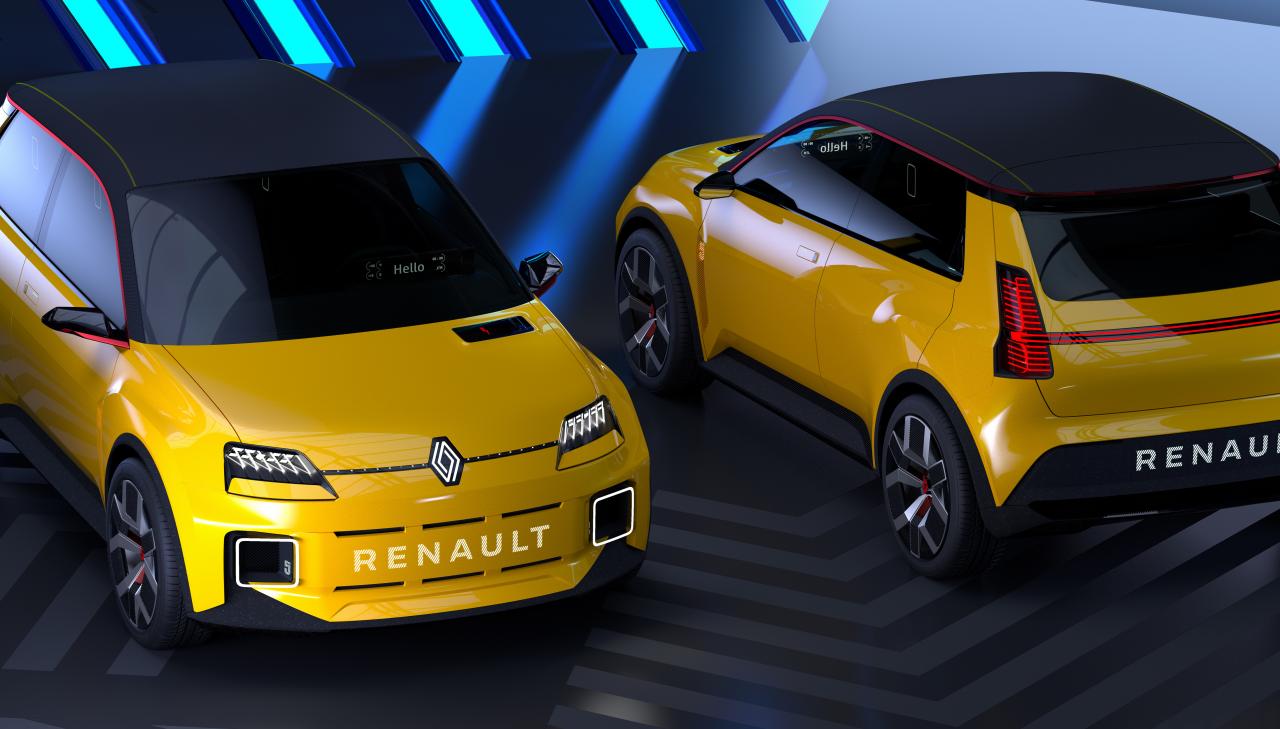-
Numero contenuti pubblicati
12730 -
Iscritto il
-
Ultima visita
-
Giorni Massima Popolarità
14
Tipo di contenuto
Forum
Galleria
Calendario
Download
Articoli del sito
Store
Blog
Tutti i contenuti di MotorPassion
-
Beh ma nel Mondo dell'assurdo, io penserei a brendizzarla Lancia o perchè no Abarth tanto entrambe questi machi o chiudono o si converto in EV o simile quindi tanto vale provarci, sempre teorizzando nel Mondo dell'assurdo.
- 1570 risposte
-
- 1
-

-
- design auto amatoriale
- fotoritocchi auto
-
(e 2 altri in più)
Taggato come:
-
Per queste cose devi citofonare Garage Italia e Lapo sarà contento.
- 308 risposte
-
- 1
-

-
- prossimi modelli
- fiat spy
-
(e 7 altri in più)
Taggato come:
-
Quello era riservato alla versione a tiratura limitata 695 70° Anniversario.
- 32 risposte
-
- abarth 595 my21
- 595
-
(e 4 altri in più)
Taggato come:
-
In effetti in FCA hann un buco in quella fascia, amgari al posto della 120 possono fare la A112.
- 1570 risposte
-
- design auto amatoriale
- fotoritocchi auto
-
(e 2 altri in più)
Taggato come:
-
Si intravedono le luci posteriori a sviluppo orizzontale; lo spoiler fa effetto cappellino da baseball. 😅
- 62 risposte
-
- 1
-

-
- volkswagen
- t7 spy
-
(e 5 altri in più)
Taggato come:
-
Io ho sempre desiderato un ritorno della A112 ma la 500 le ha rubato la scena e la possibilità di ritornare. Potrebbe però tornare come EV al posto di Ypsilon e magari 5 porte come per il concept della Renault 5 EV.
- 1570 risposte
-
- 1
-

-
- design auto amatoriale
- fotoritocchi auto
-
(e 2 altri in più)
Taggato come:
-
Al posteriore come l'avevi sviluppata?
- 1570 risposte
-
- design auto amatoriale
- fotoritocchi auto
-
(e 2 altri in più)
Taggato come:
-
ehehehe a pensar male si fa sempre bene. No dai comunque a parte gli scherzi, in effetti le affinità sono molte e non per nulla il padre è sempre De Meo, che forse in Renault potrà avere più libertà visto che è un brand che si sta ristrutturando.
- 7 risposte
-
- renault group
- mobilize ez-1
-
(e 1 altro in più)
Taggato come:
-
In realtà non vogliono aumentare i prezzi, vogliono puntare su segmenti più remunerativi, invece la questione delocalizzazione e tagli beh quella è in programma per la razionalizzazione e la riduzione costi fissi il tutto ben decorato con diagrammi, slide, concept, così il tutto appare più carino però si sa che avverranno, in fin dei conti Renault non stava/sta messa benissimo. A livello investimenti invece potrebbe essere interessante da valutare ma rimando il tutto alla sezione specifica del forum Finanza nell'automotive.
-
Se ho capito bene a cosa ti riferisci, la "pinna" è un richiamo alla R5 Turbo. Interessante anche la soluzione del logo disassato al posteriore con la linea che unisce le due luci posteriori e che richiama il muso della R5 seconda serie.
- 105 risposte
-
- renault 5
- renault 5 electric
-
(e 3 altri in più)
Taggato come:
-
Le tre auto da te citate si piazzano su tre fasce di mercato diverse, la più vicina a 500X come tipologia e mercato è la Captur la quale però ha un sistema PHEV "classico" che non implica l'avere la trazione 4x4 cosa che invece il sistema di FCA ha e che farebbe lievitare il prezzo di listino andando ad affiancarsi a quello di Renegade e quindi puntando ad una fascia di mercato diversa da quella a cui punta attualmente FCA con 500X. Su 500X attualmente va più che bene il sistema Mild-Hybrid 48V.
- 308 risposte
-
- 3
-

-
- prossimi modelli
- fiat spy
-
(e 7 altri in più)
Taggato come:
-
Qui la cartella stampa Alpine: Le gare continuano Alpine e Renault vantano una lunga storia nel mondo delle corse e si sono imposte in varie categorie, che si tratti di Formula 1, rally o endurance. Le gare resteranno al centro degli ambiziosi progetti di Alpine, dato che la Formula 1 occupa un posto centrale nella strategia sportiva della Marca. Dal 2021, il team F1 Alpine affronterà alcuni dei nomi più prestigiosi dell’industria automotive entrando nell’esclusivissimo club delle scuderie dei costruttori. Conferire un’identità forte e specifica alla Formula 1, ma anche a tutto il programma delle gare di Alpine è un dato di fatto, ma anche un’opportunità. Ponendo il motorsport al centro della nostra politica, l’identità grafica è fondamentale. La livrea presentata oggi è la prima manifestazione della nuova identità della scuderia Alpine F1 Team. Alcuni elementi grafici strutturanti rimarranno sulla livrea delle auto da corsa, mentre altri evolveranno. L’emblema Alpine “oversize” e la grafica tricolore sono il primo forte simbolo dell’identità della Marca nelle competizioni. Il blu, il bianco e il rosso fanno riferimento ai colori delle bandiere francese e inglese, fatto molto importante dal nostro punto di vista. Ci saranno ancora tante declinazioni su tutte le attività relative alle competizioni. Antony Villain, Direttore Design di Alpine Una marca nata dalla competizione per la competizione Alpine è stata fondata nel 1955 da Jean Rédélé, giovane appassionato di motorsport che si è ispirato al suo habitat preferito – le Alpi – per dare un nome alla sua marca. L’azienda comincia a decollare fin dal lancio della prima A110 nel 1962. A quei tempi, Alpine e Renault lavorano a stretto contatto in quanto sono i concessionari Renault che si occupano di vendere ed effettuare la manutenzione delle Alpine. All’inizio degli anni 1970, Alpine rientra nell’élite dei rally; nel 1971, monopolizza il podio del famoso Rally di Montecarlo, exploit che ripropone nel 1973, anno in cui diventa il primo costruttore a vincere il Campionato Mondiale di Rally. Nel frattempo, le vendite delle Alpine di serie spiccano il volo. È allora che la Marca decide di costruire uno stabilimento ad hoc a Dieppe, che entrerà in funzione nel 1969, lo stesso sito che oggi produce la nuova A110. Nel 1971, entra in scena l’A310, due anni prima che Alpine sia acquisita dal Gruppo Renault. Alpine consegue il suo maggior successo nel motorsport nel 1978 vincendo la 24 Ore di Le Mans. Dieppe ha, successivamente, continuato a lanciare nuovi modelli innovativi per tutti gli anni 1970 e 1980, in particolare con l’A310 V6 e la GTA, prima che la produzione venisse sospesa nel 1995. Nel 2017, Alpine lancia la nuova A110, un modello fedele agli intramontabili principi della prima A110 che riscontra l’immediato successo degli appassionati e consegue diversi premi internazionali.
-
Bello anche il tuo render, ma è normale che vi siano punti in comune tra la tua e quella ufficiale renault in quanto partite tutti dalla stessa base che è la Renault 5 e quindi le linee guida di base sono le stesse e quindi qualsiasi interpretazione risulterebbe simile ad un'altra.
- 105 risposte
-
- 1
-

-
- renault 5
- renault 5 electric
-
(e 3 altri in più)
Taggato come:
-
Qui un articolo di Motor1 che riassume quanto ha in programma De Meo per Renault, molto interessante l'obiettivo di profittabilità e riduzione costi. https://it.motor1.com/news/466088/gruppo-renault-piano-renaulution/ Interessante anche la parte finale della diretta streaming con le domande fatte dai giornalisti e le relative risposte dei vari dirigenti Renault Group. De Meo fa notare che questo è il piano che riguarda Renault e non vengono menzionati gli altri brand "alleati"; sono però comunque aperti ad alleanze per quello che riguarda la condivisione e lo sviluppo di tecnologie e gli "amici" di Nissan e Mitsubishi posso sempre essere di interesse. Vi lascio anche link alla pagina web ufficiale con ulteriori dati ed informazioni in merito al piano presentato oggi. https://group.renault.com/en/our-company/strategic-plan/#anchor-4
-
Finalmente la Twizy chiusa. 😅
- 7 risposte
-
- 4
-

-

-
- renault group
- mobilize ez-1
-
(e 1 altro in più)
Taggato come:
-
Questo concept rappresenta il futuro di Dacia assieme alla nuova "collaborazione con Lada" ma non viene indicato se e cosa arriverà per primo.
- 28 risposte
-
- 1
-

-
- dacia
- dacia bigster
-
(e 2 altri in più)
Taggato come:
-

Mobilize EZ-1 Prototype 2021
nella discussione ha aggiunto MotorPassion in Presentazioni Nuovi Modelli
Oggi Renault ha presentato il nuovo brand MOBILIZE dedicato alla mobilità urbana elettrica e condivisa, il brand debutta con un primo concept chiamato EZ-1. Cartella Stampa ufficiale: A unique combination of hardware and software, purpose-designed vehicles and services in open ecosystems Mobilize offers flexible mobility services for people and goods, adapted to the evolving expectations of customers, corporates, and municipalities. It addresses real-life issues and provides seamless solutions that are complementary to traditional models of car ownership. By promoting higher usage of goods through circular and sharing economies, Mobilize contributes to a more sustainable future. Furthermore, with a potential of more than 6,000 Renault dealerships in Europe, Mobilize will be able to offer mobility solutions for use ranging from one minute to several years, in cities and towns throughout the region. Mobilize will also further leverage its existing portfolio of innovative mobility and energy start-ups to help co-create the best solutions for its customers. Purpose-designed vehicles for mobility services Mobilize has strong competitive advantages as it enters the mobility market leveraging Groupe Renault’s expertise in vehicle design and manufacturing, and EV-leadership. Mobilize benefits from dedicated engineering and design teams and will propose a range of purpose-designed vehicles. Intended for heavy use, modular, robust and 100% electric, they will fulfil the most critical needs of new mobility: car sharing, ride-hailing, last mile delivery and on-demand transit. Easier fleet acquisition through financing services RCI Bank and Services is a privileged partner with whom Mobilize provides easy access to financial solutions and services, from subscription and leasing to pay-as-you-go. This way, fleet ownership cost can become variable. Increased car-usage through mobility, data and AI software platforms Mobilize leverages the Renault Software Factory, the Software République and partners to develop leading-edge algorithms and data processing software, allowing better prediction of user-side demand and better vehicle allocation. Mobilize aims to increase the rate of car use by at least 20%. Maintenance and recycling services for carsharing fleets When our vehicles are no longer fit for use, they will be taken care of by our maintenance and recycling services at the Renault Re-Factory. When batteries of electric vehicles are no longer fit for automotive use, Mobilize will recycle them, giving them a second life as a stationary energy source. A commitment to carbon neutrality, circular economy and extended vehicle life cycle Mobilize builds on Groupe Renault’s strong EV-expertise, notably in battery lifetime value management. Mobilize is invested in developing an energy ecosystem that includes smart charging solutions and advanced energy storage solutions to help drive the energy transition. It offers a combination of solutions that can be integrated in Smart Islands, districts, or other urban planning projects to help them reach carbon neutrality. To further enhance electric mobility, Mobilize offers solutions to facilitate EV uptake. Hence, Mobilize is developing a charging pass for customers to easily locate public charging points and to pay with a single payment solution Europe-wide. For EV and PHEV fleet customers, Mobilize will work through its subsidiary Elexent to offer easy access to charging infrastructure solutions throughout Europe. Mobilize EZ-1 Prototype: a vehicle designed for shared mobility EZ-1 Prototype is an emblematic vehicle of the Mobilize brand. It embodies the brand's design vision: service at the heart of vehicle design. Mobilize EZ-1 Prototype is a new urban mobility solution that is designed for shared use. As such, it will be commercialized in an innovative way: users will only pay for what they use, in terms of drive-time or mileage. The vehicle is connected: it comes with keyless access and interacts with users via their smartphone. Mobilize EZ-1 Prototype is a compact and agile electric vehicle for 2 people. Its architectural model means the vehicle is only 2.3 metres long and has a minimal footprint. Top-to-bottom glass doors give EZ-1 Prototype users an unhindered view on the surrounding urban landscape. Agile, dynamic and inclusive, it blends into the urban world. Mobilize EZ-1 Prototype features an innovative battery exchange system. This alternative to the traditional charging infrastructure means the vehicle can be used non-stop. Mobilize EZ-1 Prototype is built according to circular economy principles. Made with 50% recycled materials, it will be 95% recyclable at the end of its life cycle thanks to the Flins Re-Factory. Mobilize EZ-1 Prototype is a mobility device that will blend in with the city. Agile, dynamic and inclusive, it is emblematic of the new Mobilize brand. It accompanies users in their lifestyle change towards more efficient and responsible mobility, says Patrick Lecharpy, Mobilize Design director. Foto ufficiali del concept EZ-1:- 7 risposte
-
- renault group
- mobilize ez-1
-
(e 1 altro in più)
Taggato come:
-
Primo messaggio aggiornato.
- 28 risposte
-
- 2
-

-
- dacia
- dacia bigster
-
(e 2 altri in più)
Taggato come:
-
Aggiornato il primo messaggio.
- 105 risposte
-
- renault 5
- renault 5 electric
-
(e 3 altri in più)
Taggato come:
-

Dacia Bigster Concept 2021
nella discussione ha aggiunto MotorPassion in Presentazioni Nuovi Modelli
Cartella Stampa Ufficiale: An all-weather business model, as unique as it is efficient For the past 15 years, Dacia has consistently rolled out contemporary, simple, and appealing vehicles. Relying on an unrivalled know-how, Dacia leverages the best proven and amortized technical solutions from Groupe Renault and Renault Nissan Mitsubishi Alliance Thanks to a lean distribution model, Dacia has since carved out a name for itself in 44 countries, with 7 million vehicles sold so far and many best-sellers. Year after year, Sandero and Duster remain respectively the top 1 car and number one SUV sold to private customers in Europe. With its finger firmly on the pulse of its generation, Dacia is always right on the mark. In order to strengthen its position and roll out vehicles that both fulfill the needs of clients and evolve with a changing industry, Dacia can rely on: A frugal and disciplined design to cost approach in the product development; a Dacia-Lada dedicated business unit backed by a global automotive group, with targeted technological support, to increase the potential for synergy and carry over; the brand new and recently invested cost-competitive & highly flexible Alliance's CMF-B platform which will enable Dacia and Lada to move from 4 platforms to 1 and from 18 body types to 11; vehicles based on this platform that could come in both alternative-energy and hybrid engines, ensuring compliance with changing regulation and vehicle use. a competitive range, with 2021 seeing more modern additions with the Sandero, Logan, and also Dacia Spring - Europe's most affordable all-electric city car - and 3 new models on the near horizon for 2025; a clean entry into C-segment vehicles, as demonstrated by the Bigster Concept Bigster Concept: Dacia enters the C-Segment with an outdoorsy touch of coolness True to the Dacia style, the Bigster Concept is roomy, robust, meant for open air and dusty roads, exploring new horizons. It’s the very essence of a 4.6 meters SUV with no more, no less than the essential. This SUV is the Dacia way of making the C-segment accessible, at the cost of a vehicle from the segment below. Dacia Bigster Concept epitomizes the evolution of the brand. Essential, with a touch of coolness and an outdoor spirit. It proves that accessible is not opposed by any meanings to attractiveness. In Dacia we believe so, and this car is the proof. (Alejandro Mesonero-Romanos, Dacia Design Director) The Bigster Concept DNA has been infused with the brand's strong values, those which have helped foster a sturdy, long-standing relationship with its customers and fan base over the years: simplicity, honesty, and authenticity. Proportions of the Dacia Bigster Concept are contemporary yet timeless. They send a clear message of robustness. Its lines are simple and reassuring. There's no pretense here; what you see is what you get. Its generous outside dimensions are the promise of a very spacious interior. The Y-shaped lighting signature is now larger, highlighting the SUV's bold and assertive style. The dark green coat underpins the adventurous explorer within. No bells and whistles, no chrome trim or imitation-aluminium, the Bigster Concept is a genuine vehicle made with genuine principles, such as the choice to use only raw recycled plastics for all exterior protective panels. Future figurehead of the Dacia range, it could come in both alternative-energy and hybrid engines, meaning the brand will always be perfectly in sync with changing regulation and customers expectations. As shown by the Bigster Concept, Dacia is a way to escape, giving its clients a unique, genuine, no-frills experience. More than ever before, Dacia embodies freedom of movement and has become a statement piece that hones in on its customers’ needs and fundamental aspirations. A purchase with meaning. Dacia: always essential, ever more attractive. Ecco le immagini ufficiali del concept Dacia che si chiama Bigster, assieme debutta il nuovo logo Dacia.- 28 risposte
-
- 8
-

-

-

-
- dacia
- dacia bigster
-
(e 2 altri in più)
Taggato come:
-

Renault 5 Electric Prototype 2021
nella discussione ha aggiunto MotorPassion in Presentazioni Nuovi Modelli
Cartella stampa Ufficiale: Three fields of competitiveness Renault will evolve into: - a Tech brand, with an ecosystem approach that aims at creating world-leading, next-generation mobility OEMs and suppliers. This ecosystem called “Software République” will allow Renault, other founding members and future partners to develop joined expertise, build European know-how and defend our sovereignty in key technologies from big data to electronics. It will also allow Renault to equip its vehicles with leading artificial intelligence and cyber-security systems. - a Service brand, offering the best connectivity and high-tech services embedded natively in our vehicles. In 2022, Renault will be introducing My Link, a new infotainment system with Google Built-in. Renault will be the first carmaker to bring Google services to mass-market cars. Becoming more intelligent everyday, our vehicles will gain value over time. They will also live longer. Further, Renault will try to break the consumerist cycle and generate value up until vehicles’ end-of-life, all thanks to its Re-Factory in Flins (France). The plant will recondition more than a 100,000 used cars per year, repurpose Diesel LCV and convert them into biogas and pure EV. Renault also has a clear advantage when it comes to second life and end of life of batteries. The control of these parts of the value chain has the potential to generate new business cases and value. - a Clean Energy brand, becoming a leader of the energy transition. Challenging leaders on the hybrid markets thanks to its revolutionary E-TECH technology, Renault will sustain its leadership on the electric market with new families of products based on our two dedicated electric platforms CMF-EV and CMF-B EV. The brand will also offer market-ready, end-to-end hydrogen solutions for LCVs. The target is to reach the greenest mix in European market. As for the range, Renault will make a double-down on both electrification and mix improvement. A repositioned line-up will help the brand win back its front seat in the C-segment while shoring up its B-segment leadership. 14 models will be launched by 2025 (7 electric and 7 C/D segment vehicles) with the ambition to have upper segments accounting for 45% of sales by the same year. Renault 5 Prototype: The rebirth of a cult car, more modern than ever The soul of a brand is in its roots. Without falling into the past, she has to reconnect with it and draw its inspiration to find the spirit of the glorious times. This is the role of the Renault 5 Prototype, to show that Renault will democratize the electric car in Europe with a modern approach to the popular and essential car. The Renault 5 prototype is a cute, pin-sized, city car taking one of Renault’s timeless success to the future with a modern, 100% electric twist. It kept the fun, anti-crisis and mischievous side, with the pop of yellow highlights. Gilles Vidal's design team were inspired by a world-renowned cult model from Renault’s past, the R5. The Renault 5 prototype takes strong features from the original design. The modern approach is also evident in the chosen finishes and materials, which are inspired by the worlds of electronics, furniture and sports. The design of the Renault 5 Prototype is based on the R5, cult model of our heritage. This prototype simply embodies modernity, a vehicle relevant to its time: urban, electric, attractive. Gilles Vidal, Renault Design Director The R5 is immediately recognizable, but thanks to a modern treatment of lines and flush surfaces with futuristic detailing (lights, front face…), the result is resolutely in the spirit of the current times. The styling elements taken from the original design in a modern way hide very modern functions: the bonnet air intake hides the charging hatch, the rear lights include aero flaps, and the fog lamps in the bumper are daytime running lights. There is even a nod to the original ‘5’ on the side grid, the wheels and the rear logo. The front end and the textile roof drawn from the world of furniture are full of ‘French charm’, a hint of mischief, character that pulls on the heartstrings. The front and rear logos light up, bringing the car ‘to life’. The French flag in the rear-view mirrors to underline the “invented in France” side of the vehicle, the headrest lights and the name displayed on the small transparent screen on the dashboard, invite you to hop in for a ride. Foto ufficiali del elettrico Renault ispirato ad R5, sul concept debutta anche il nuovo logo Renault.- 105 risposte
-
- 24
-

-

-

-
- renault 5
- renault 5 electric
-
(e 3 altri in più)
Taggato come:

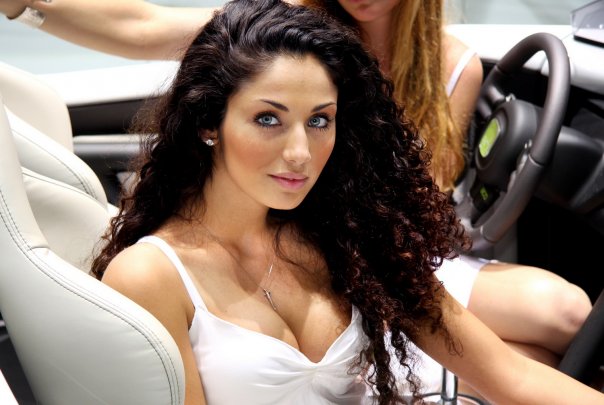
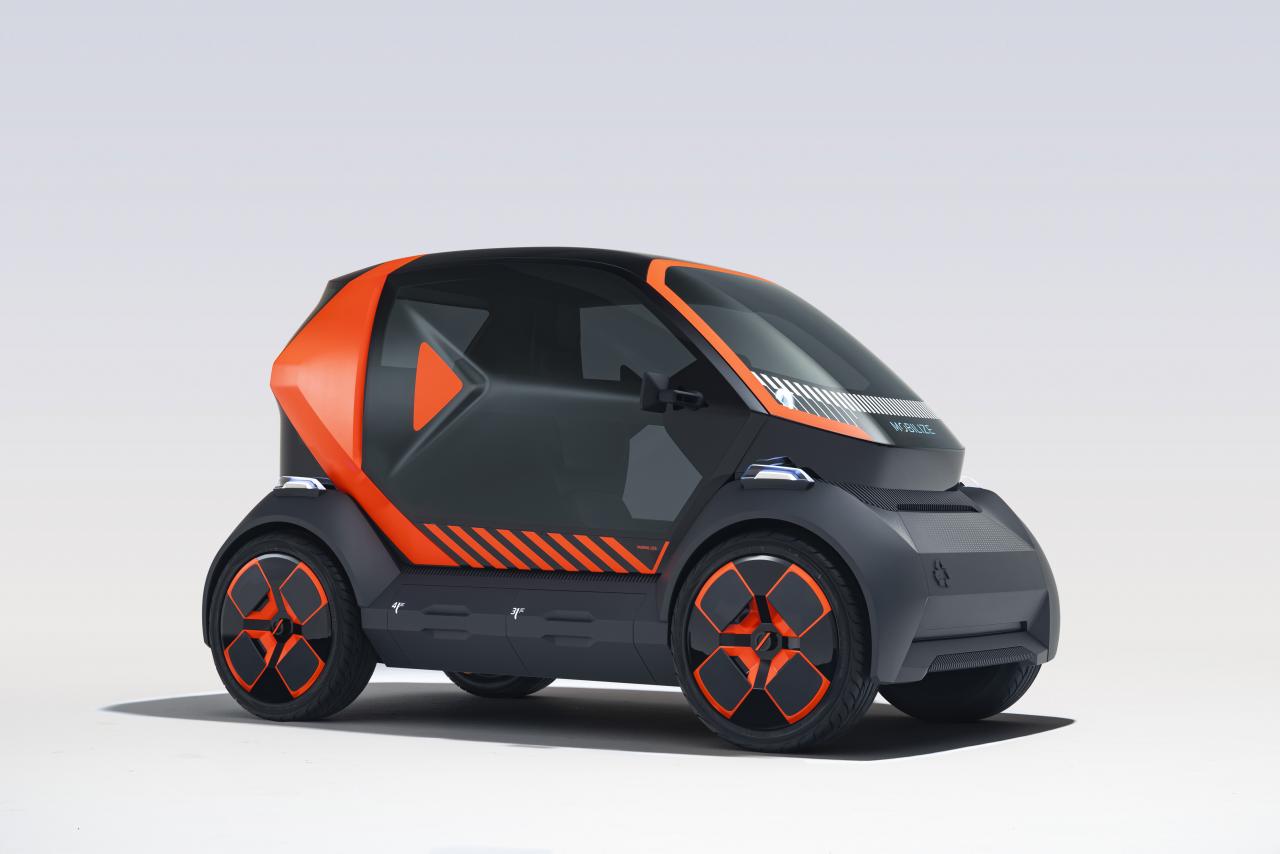
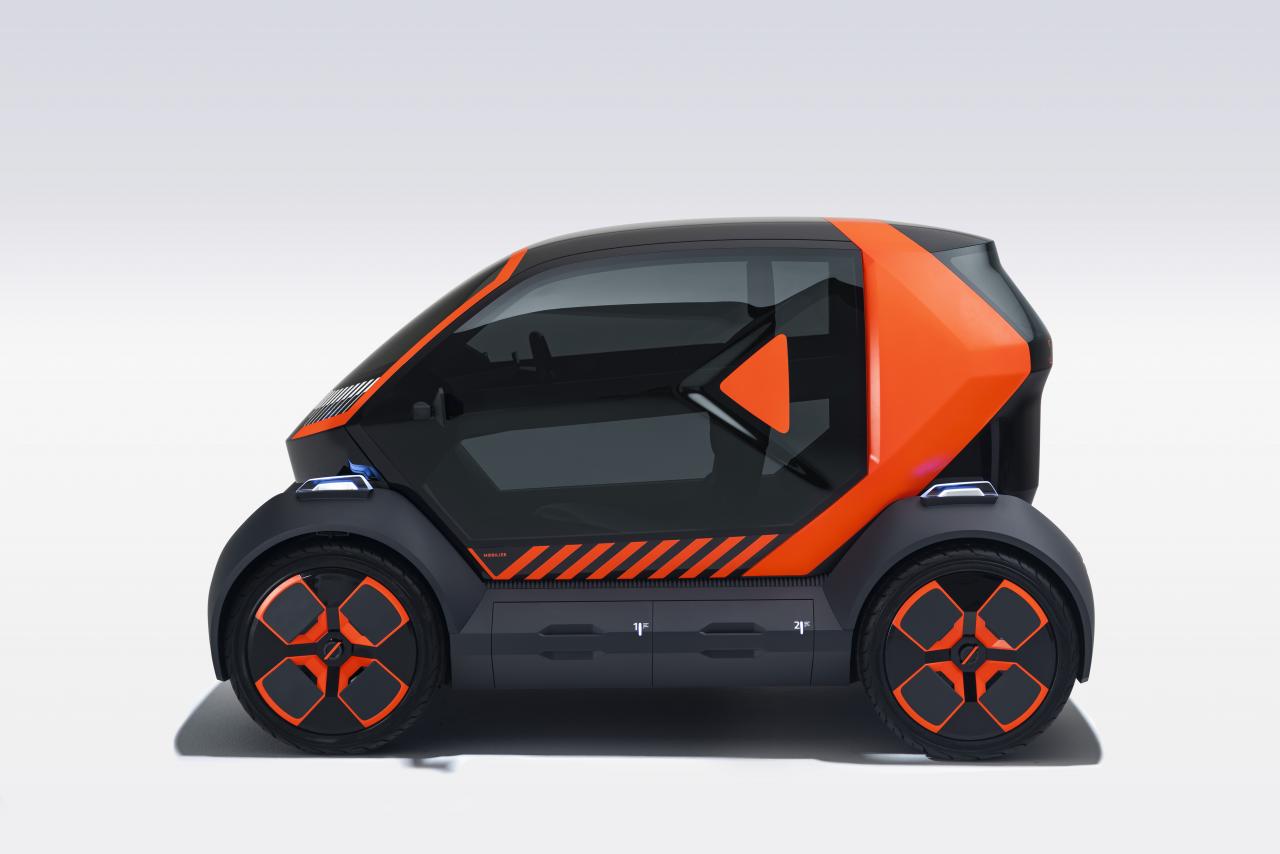
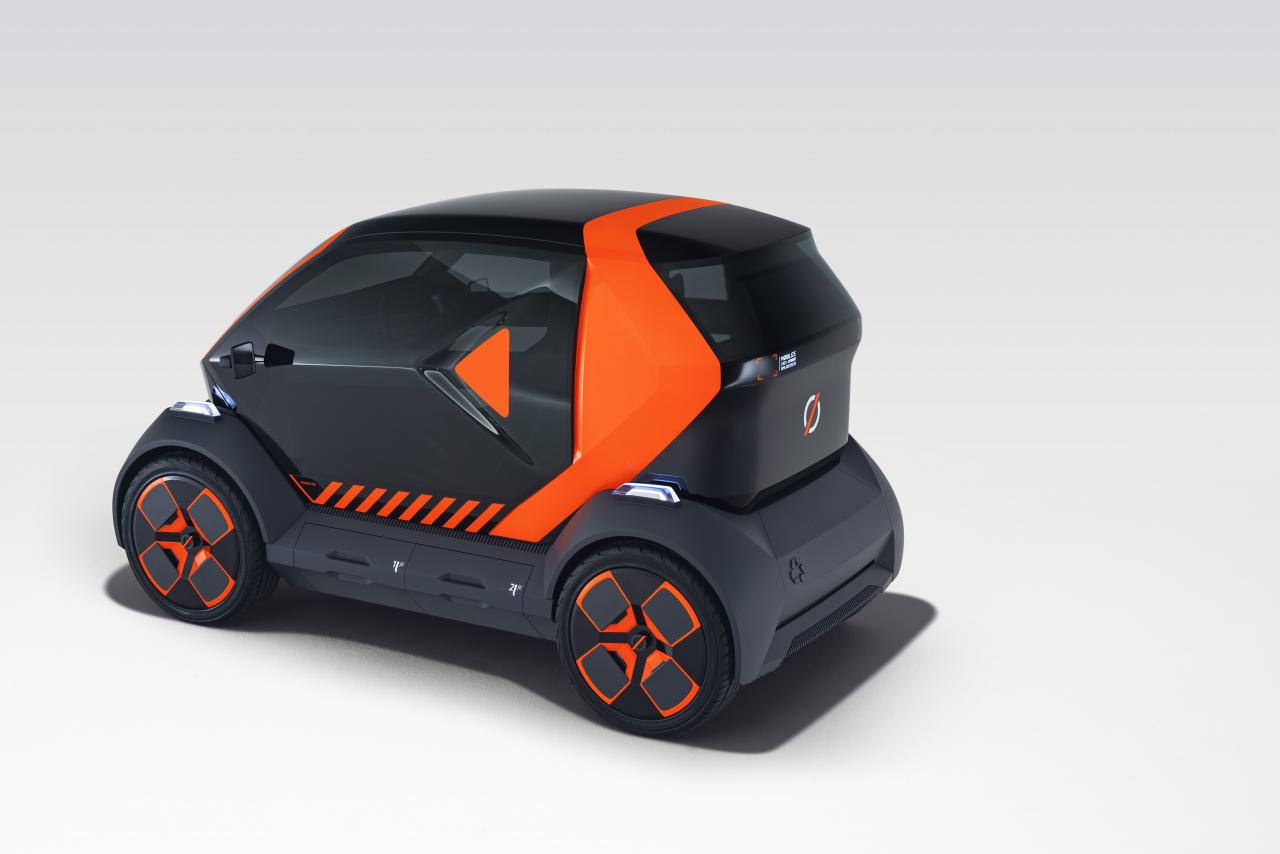
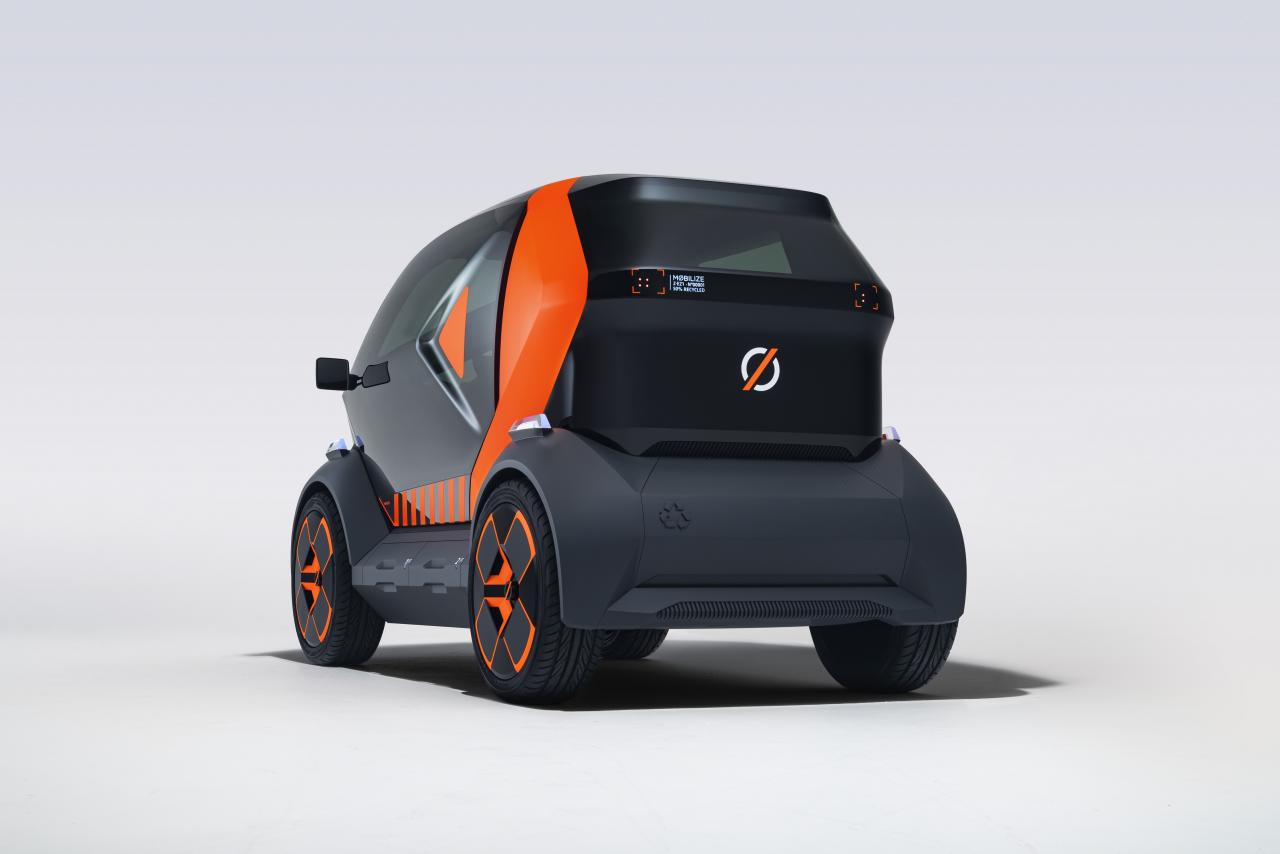
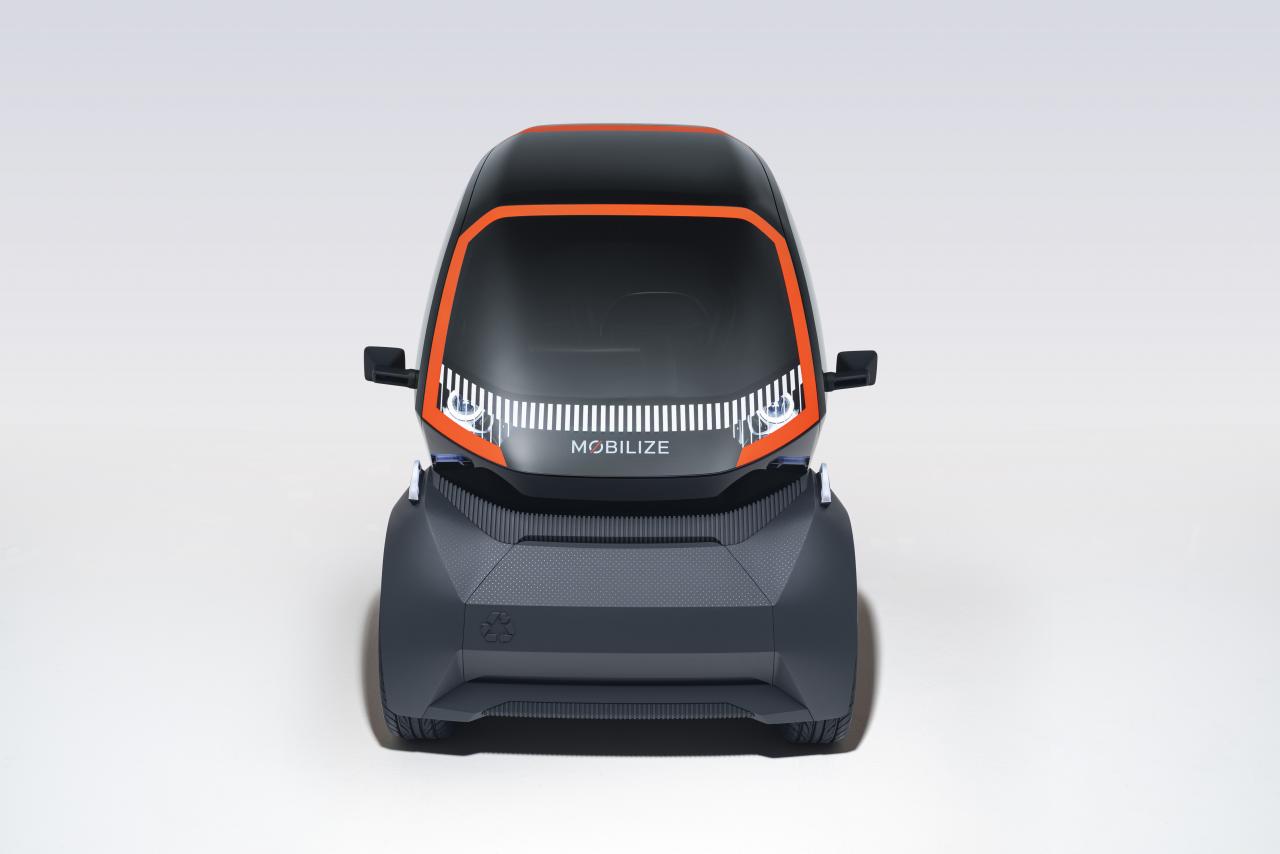
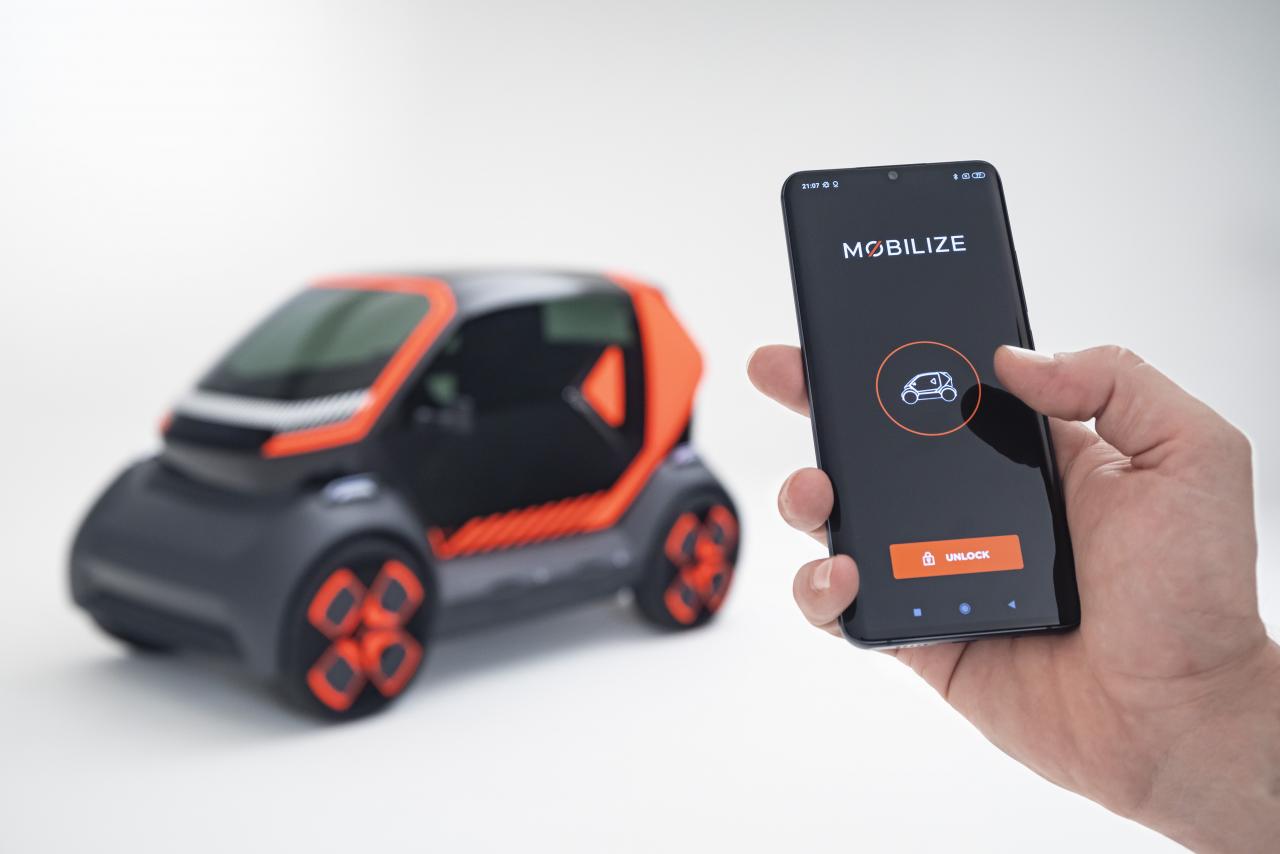
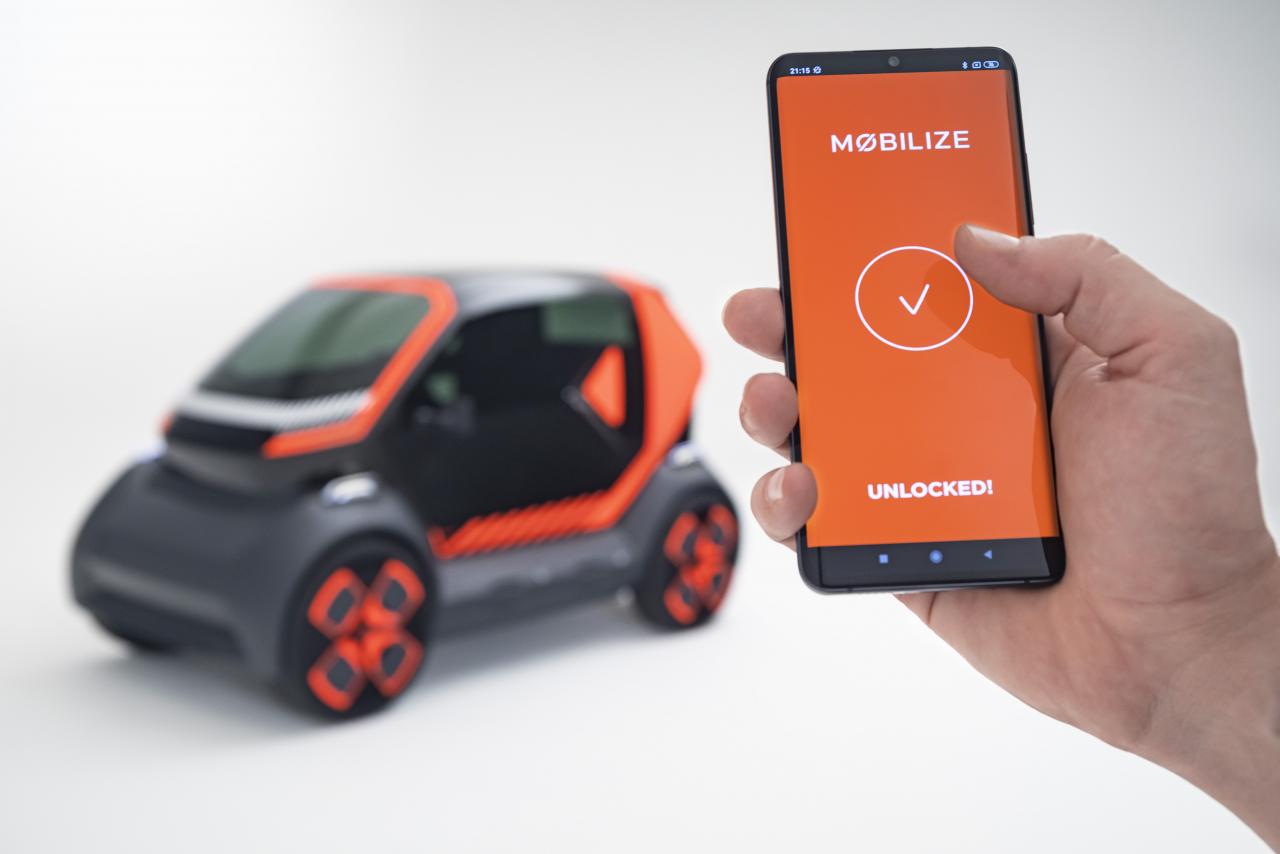
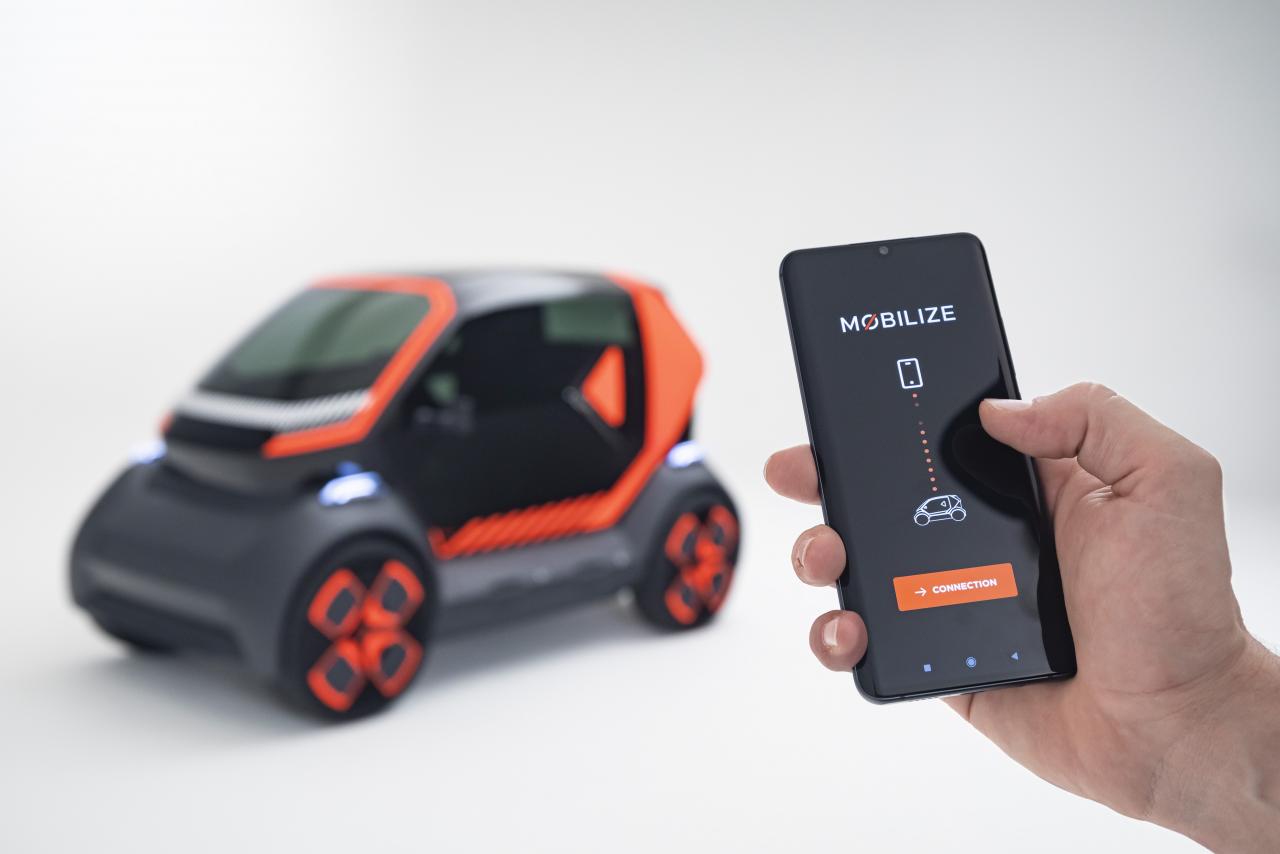
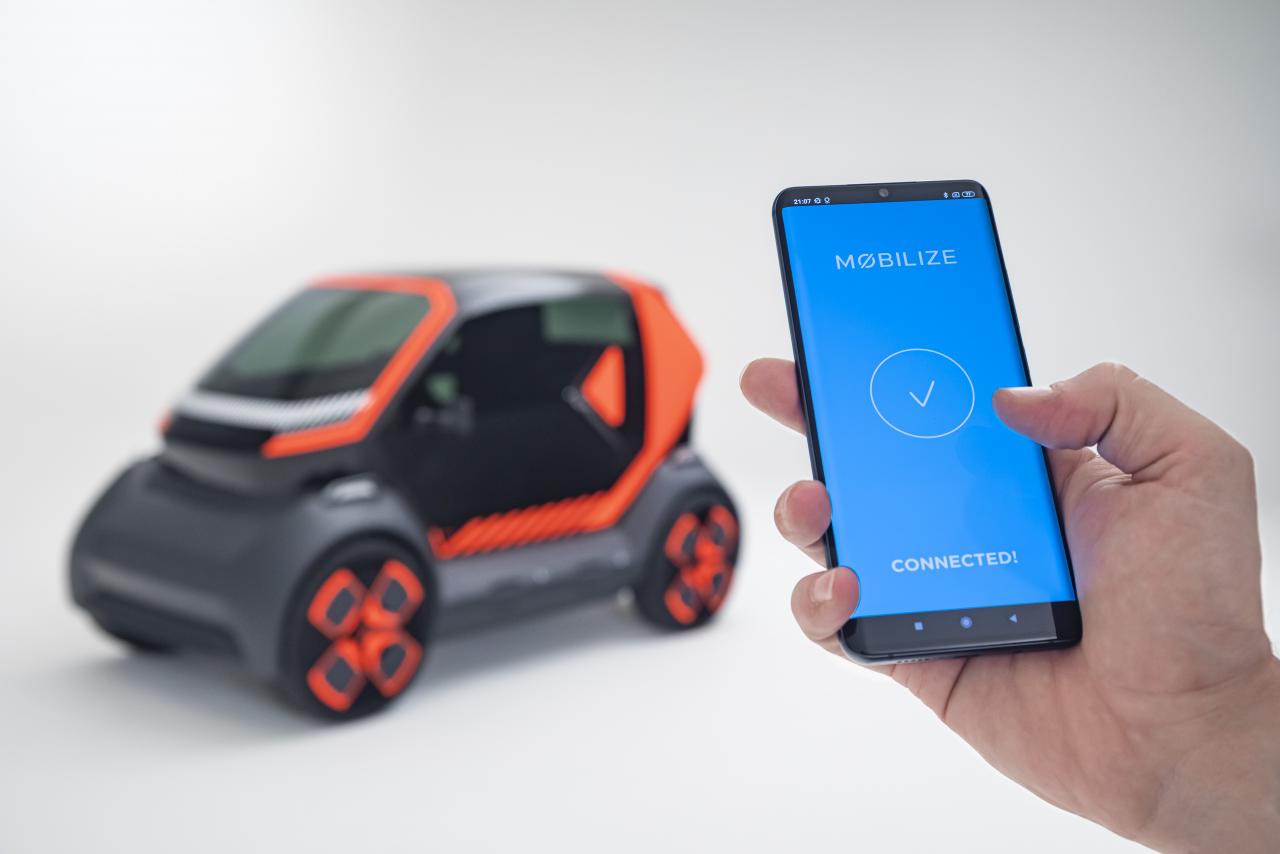
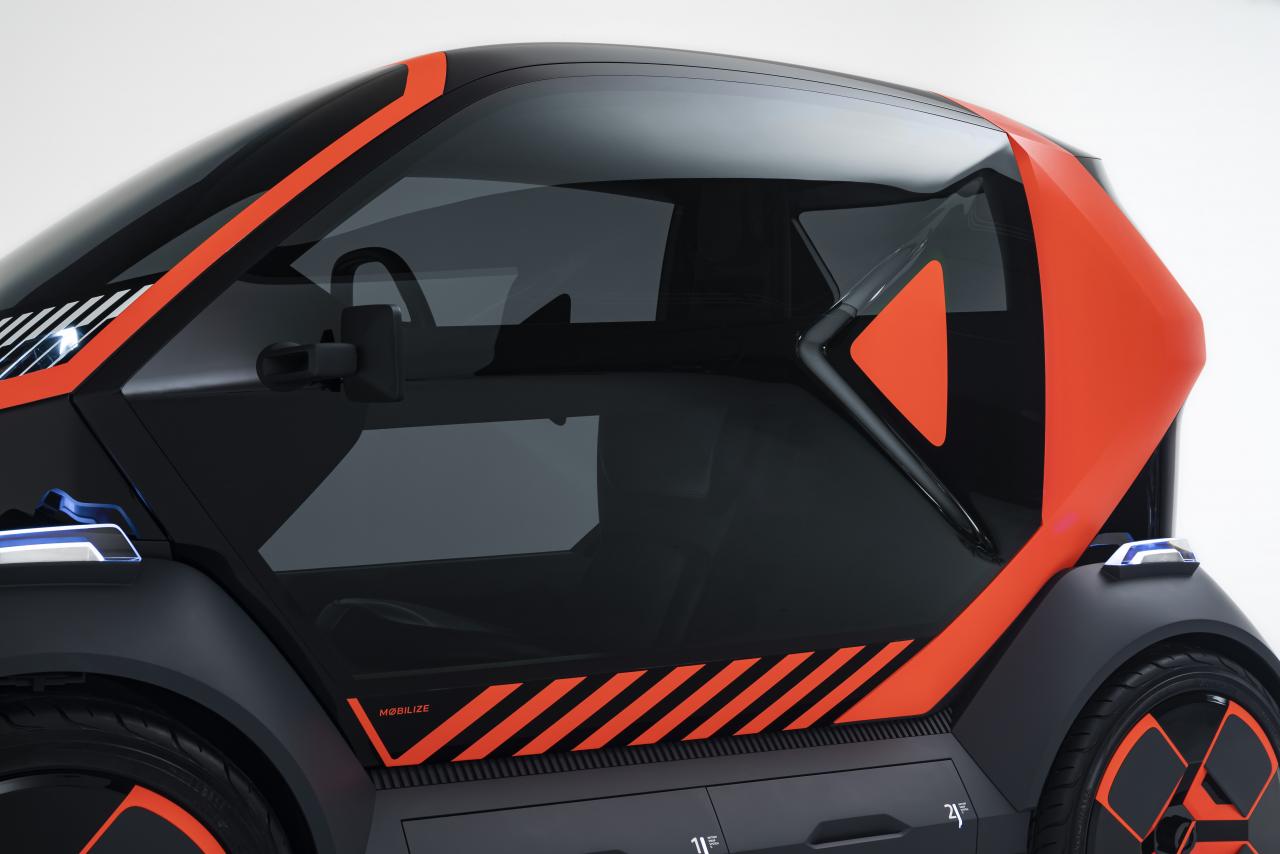
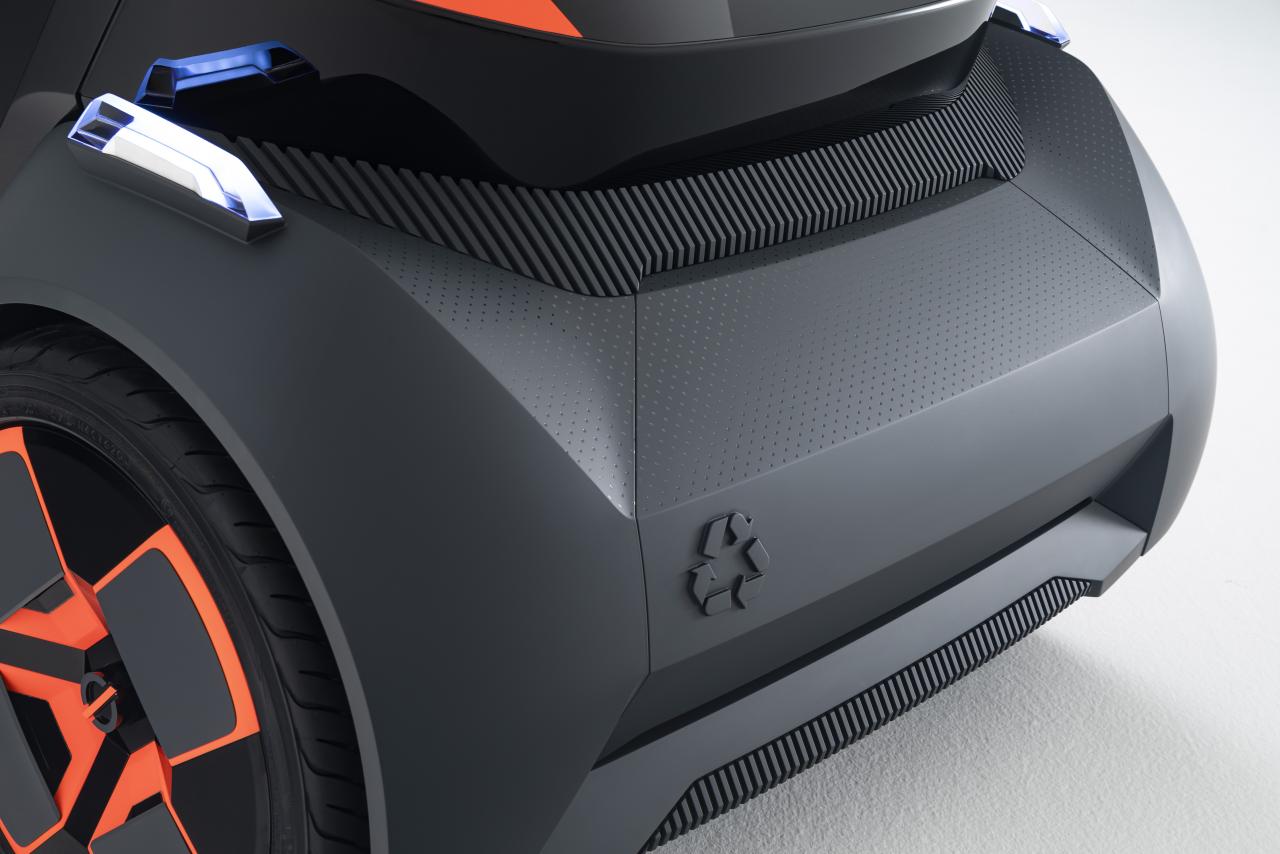
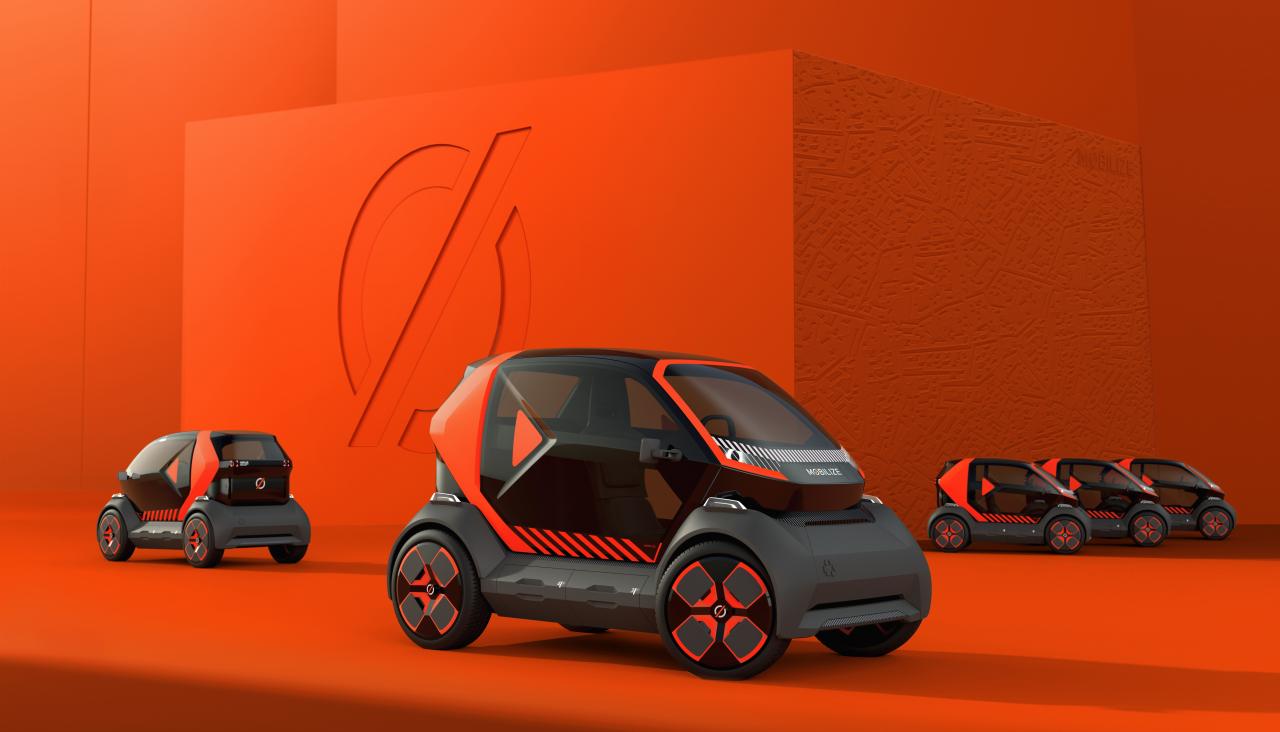
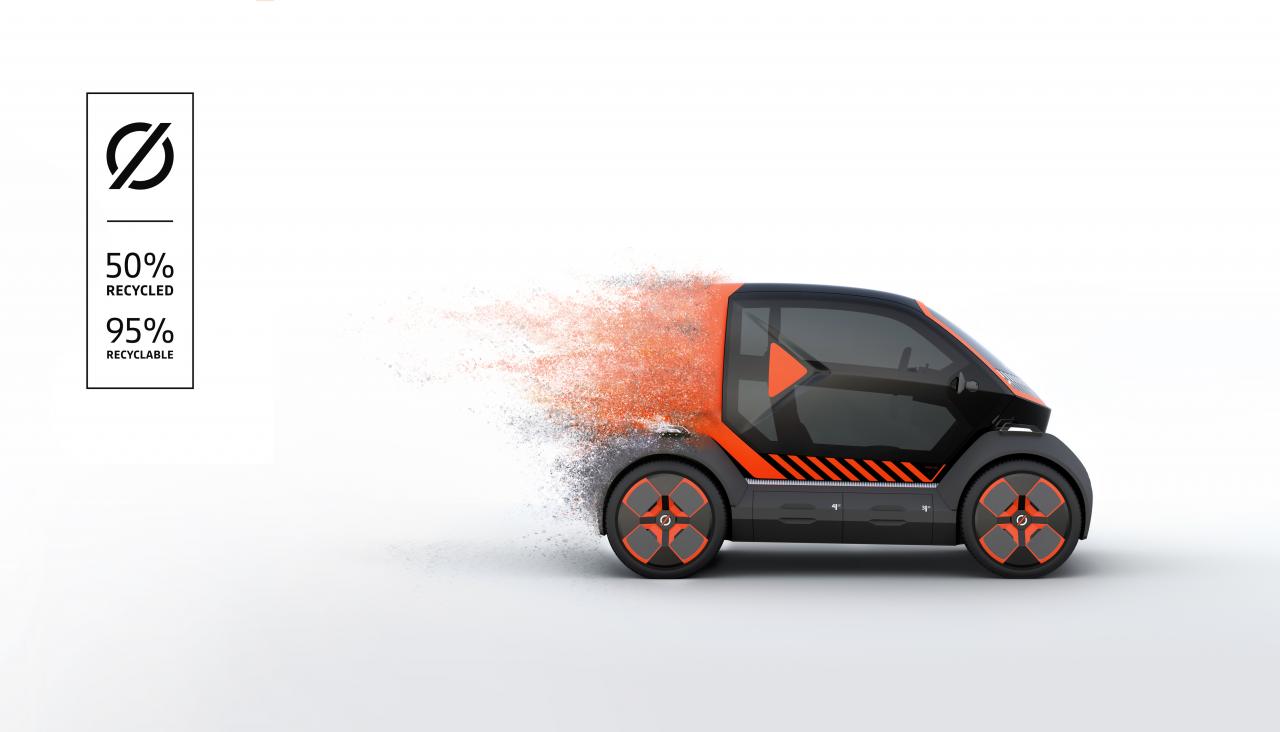
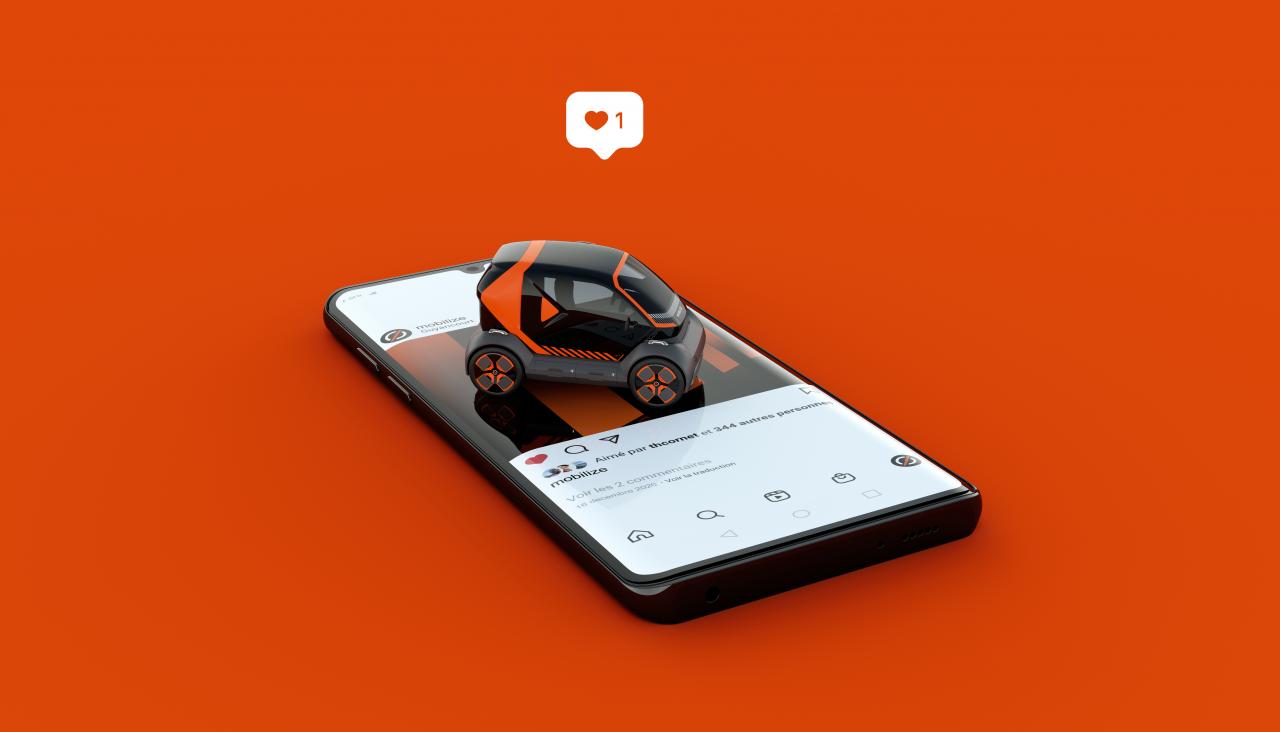
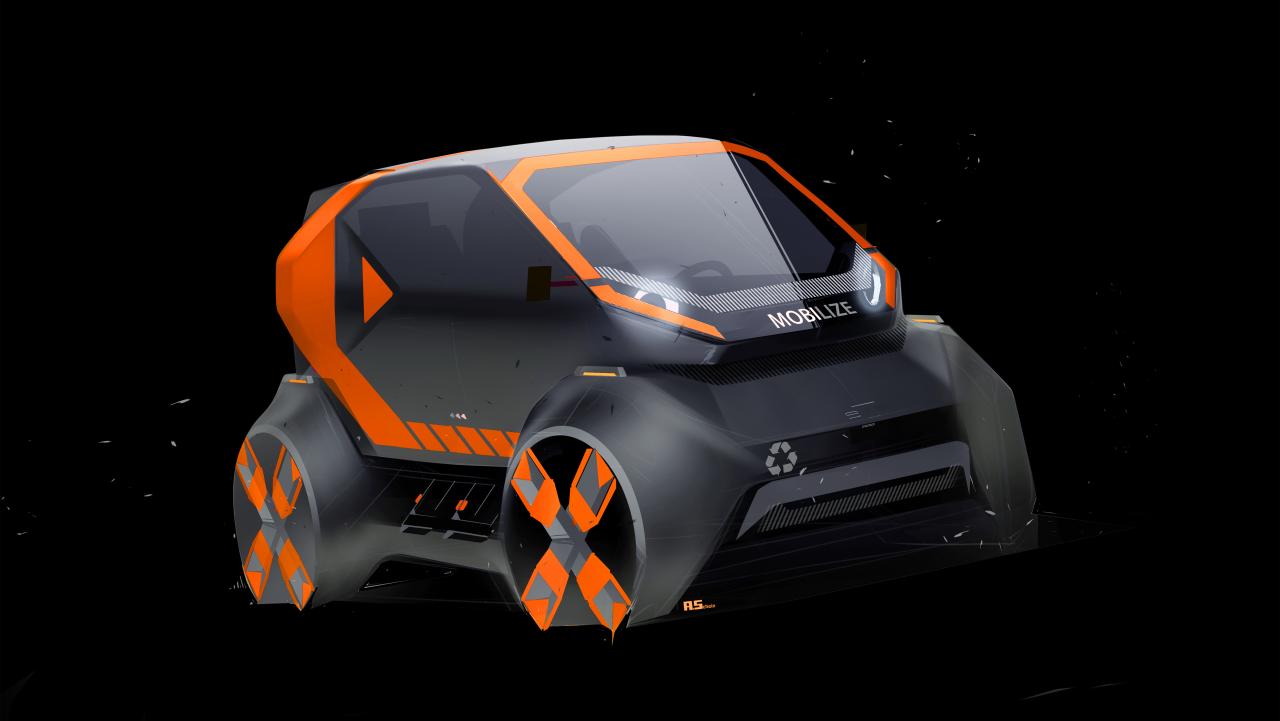
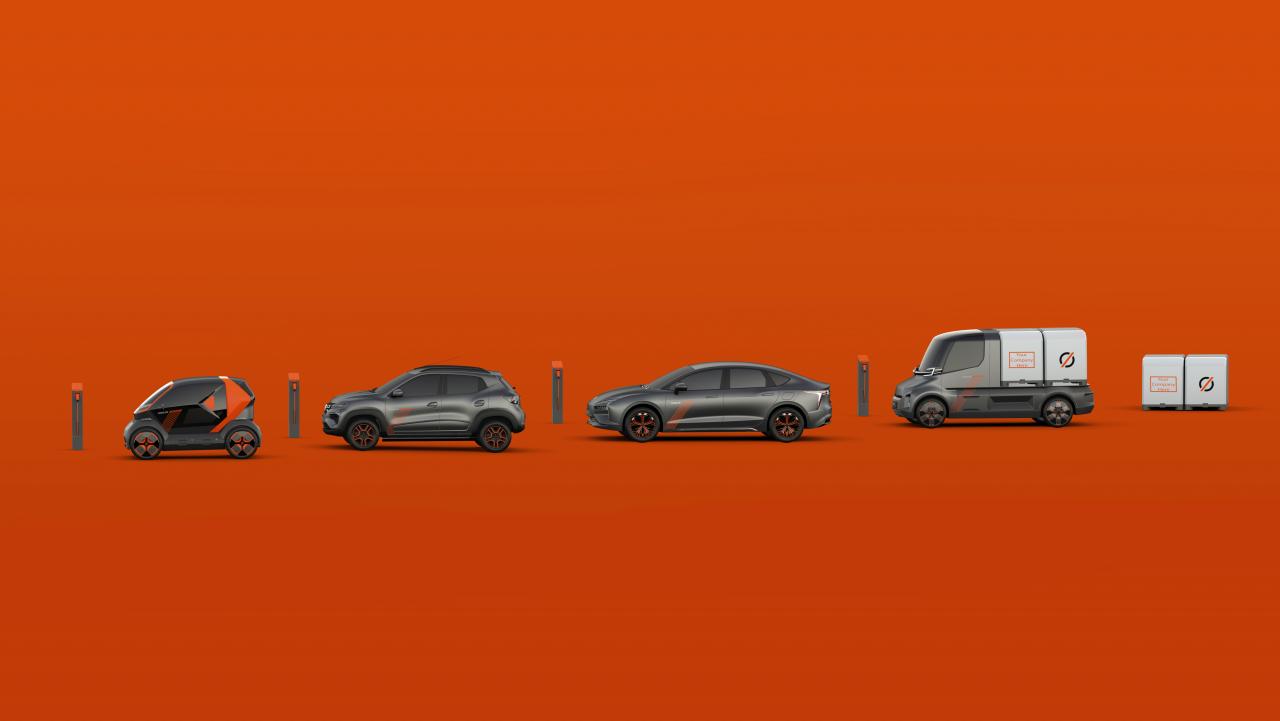
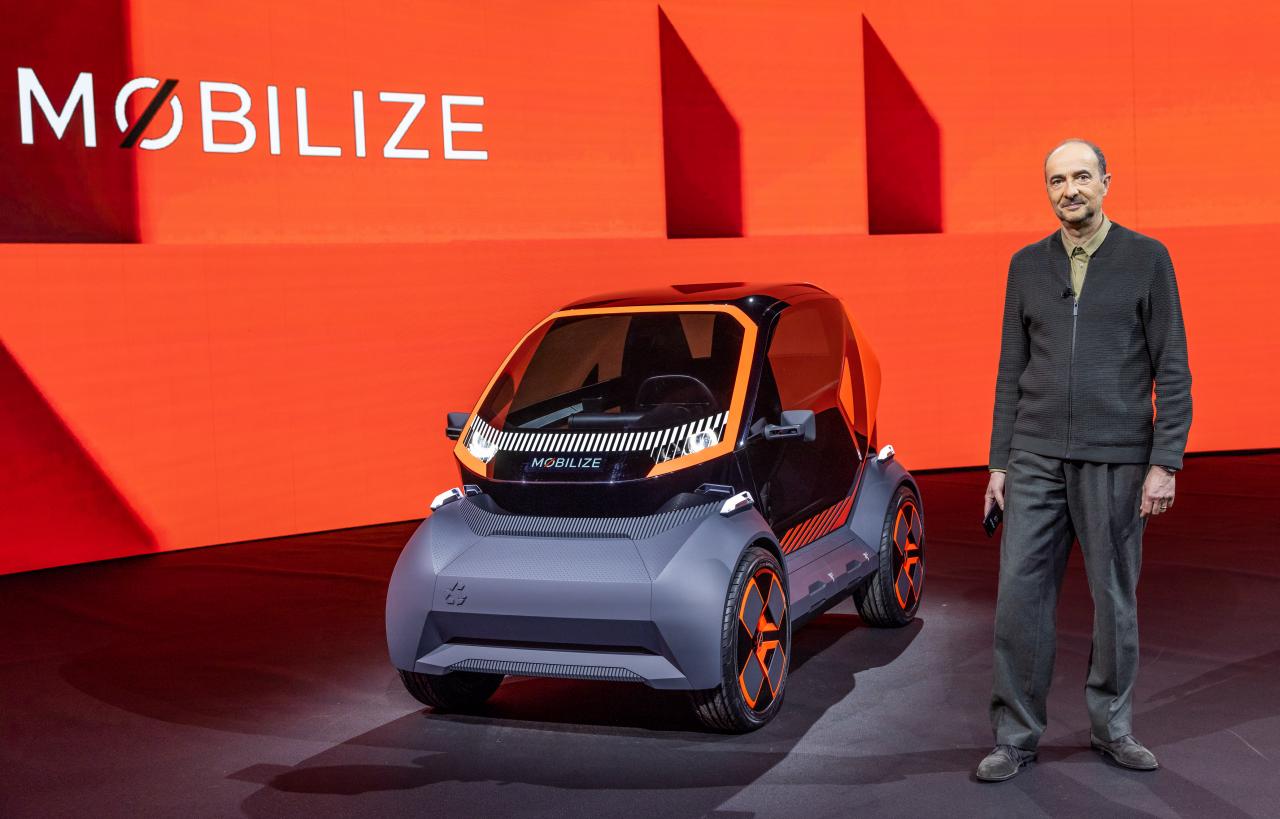
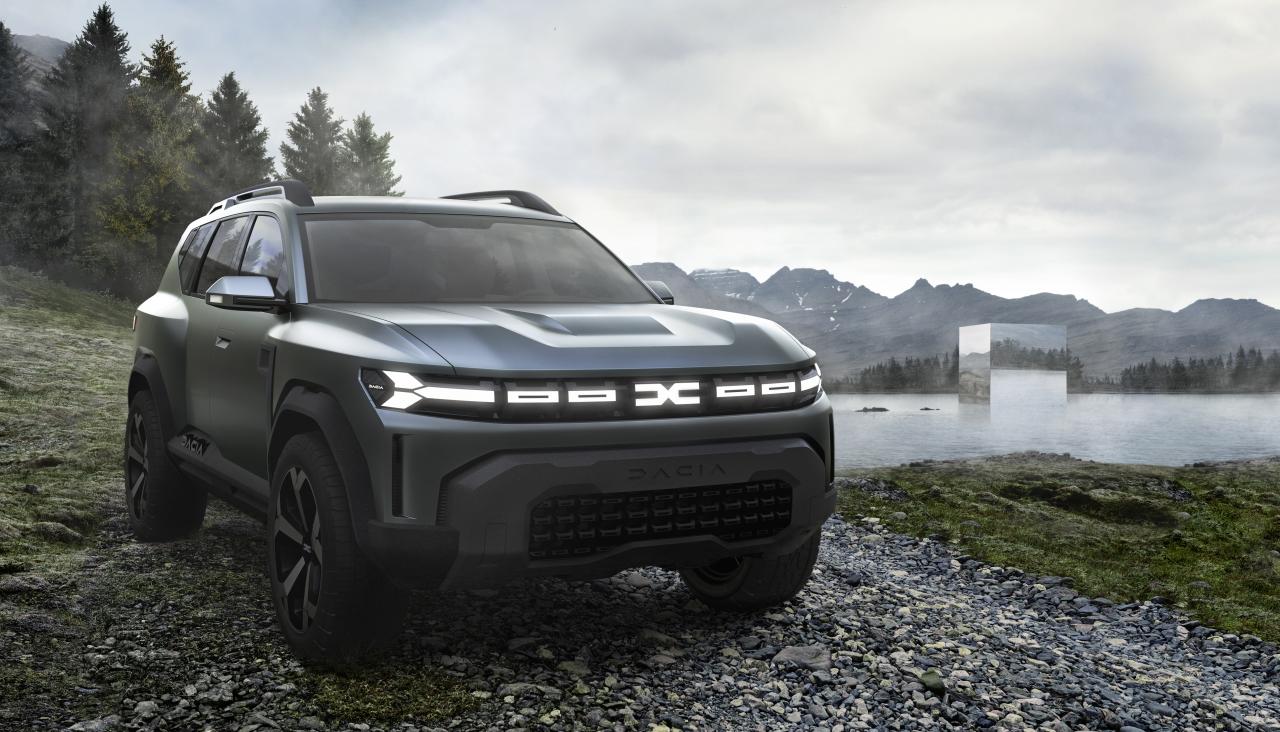
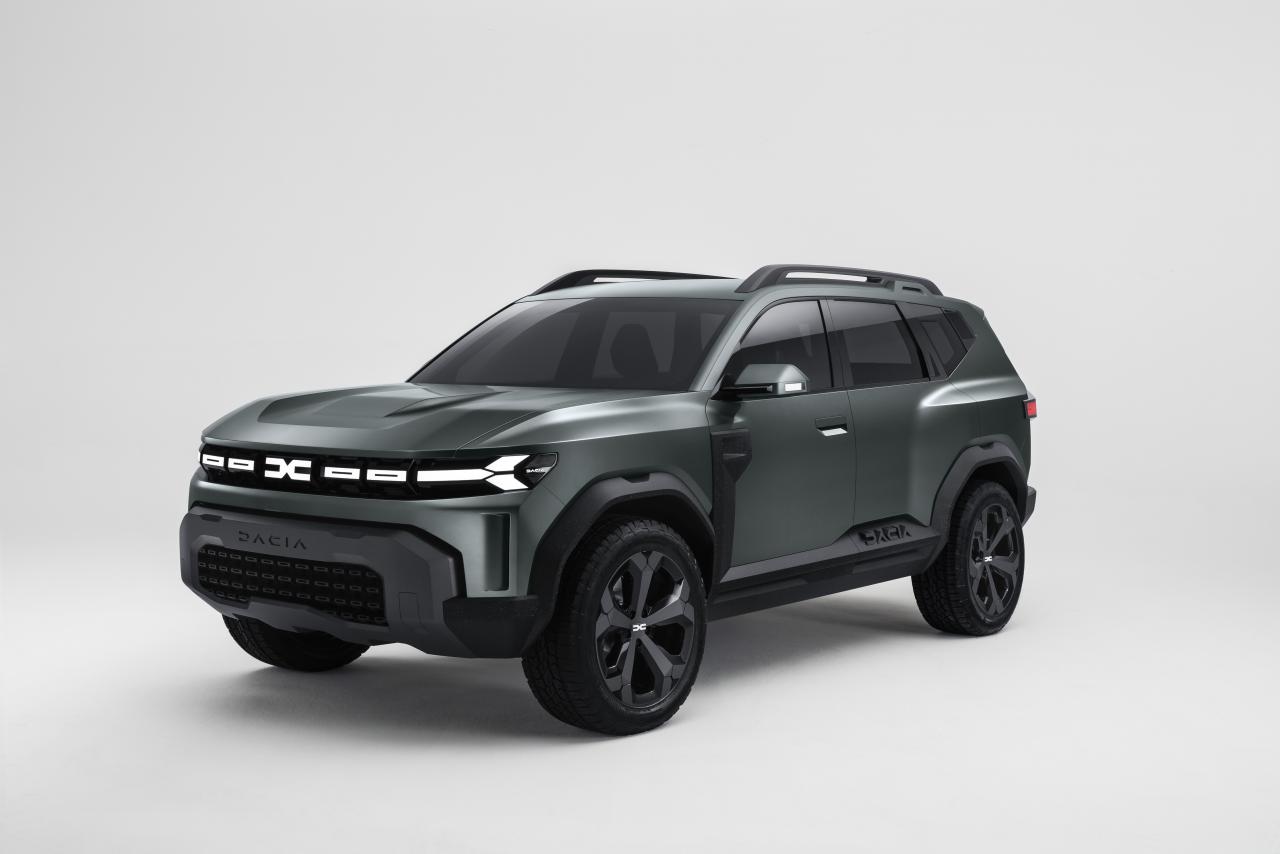
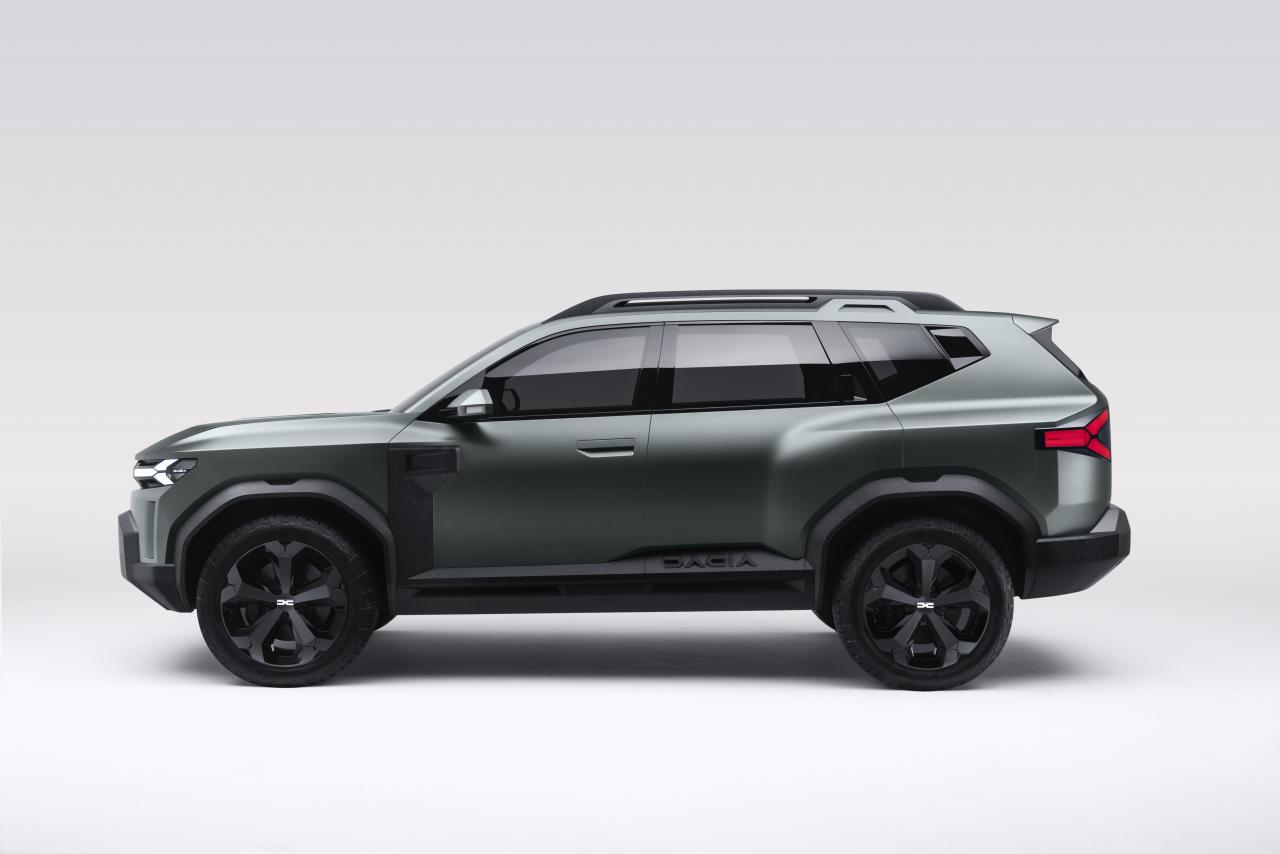
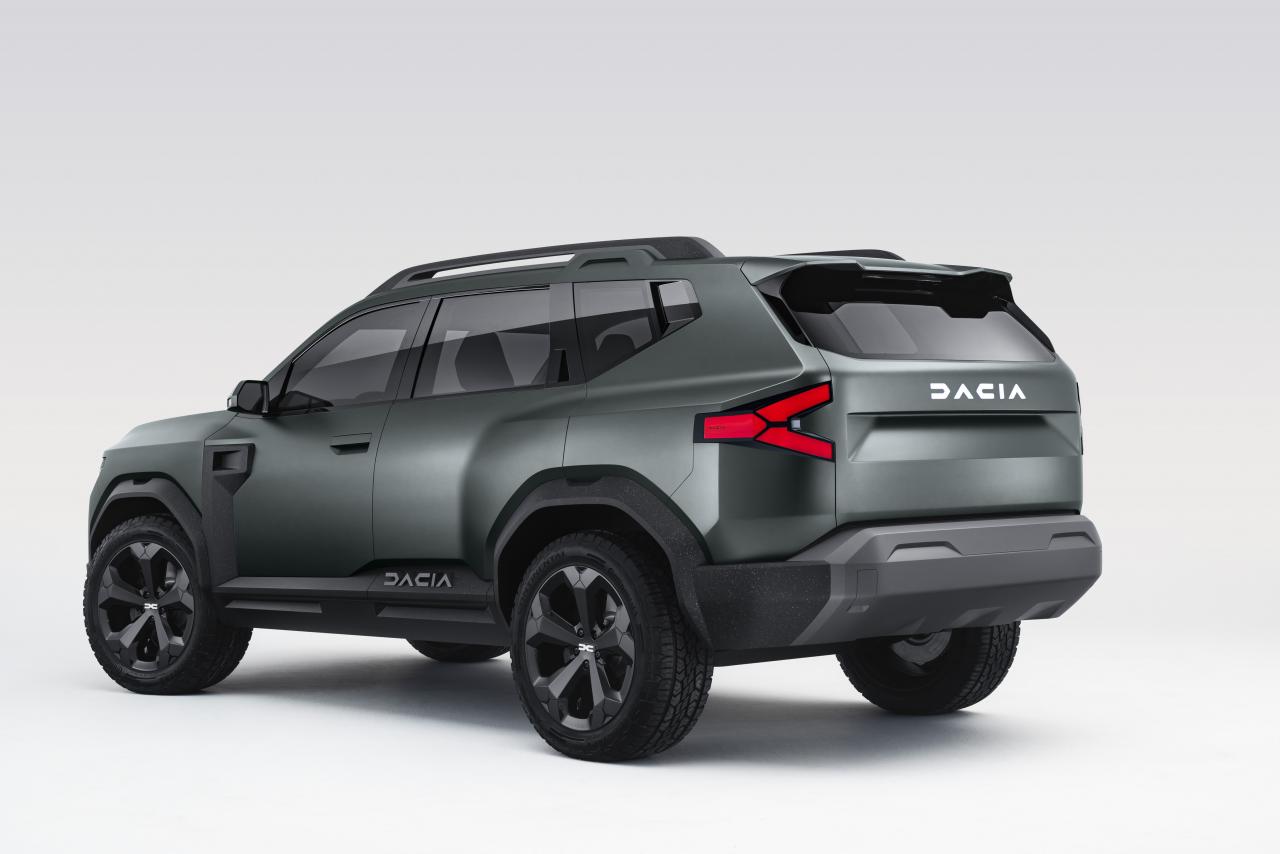
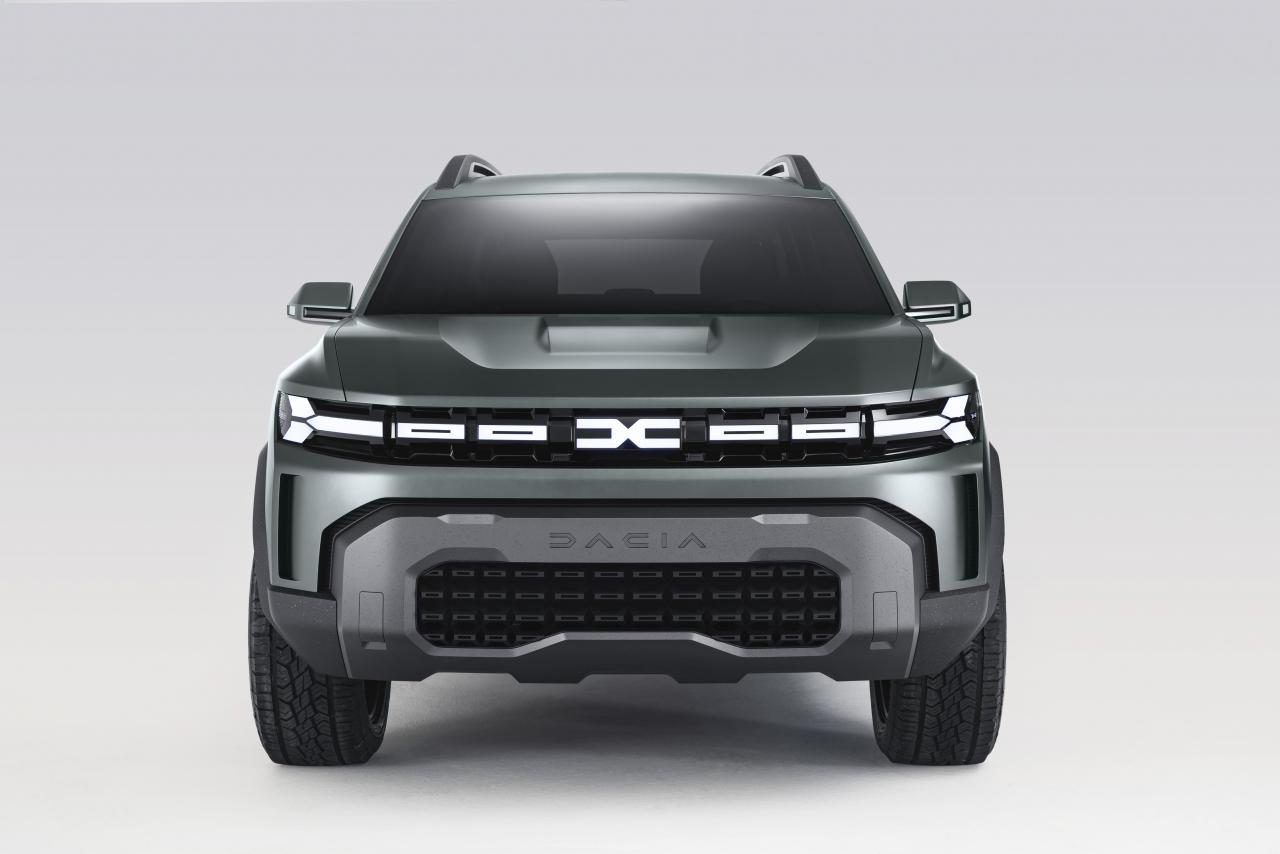
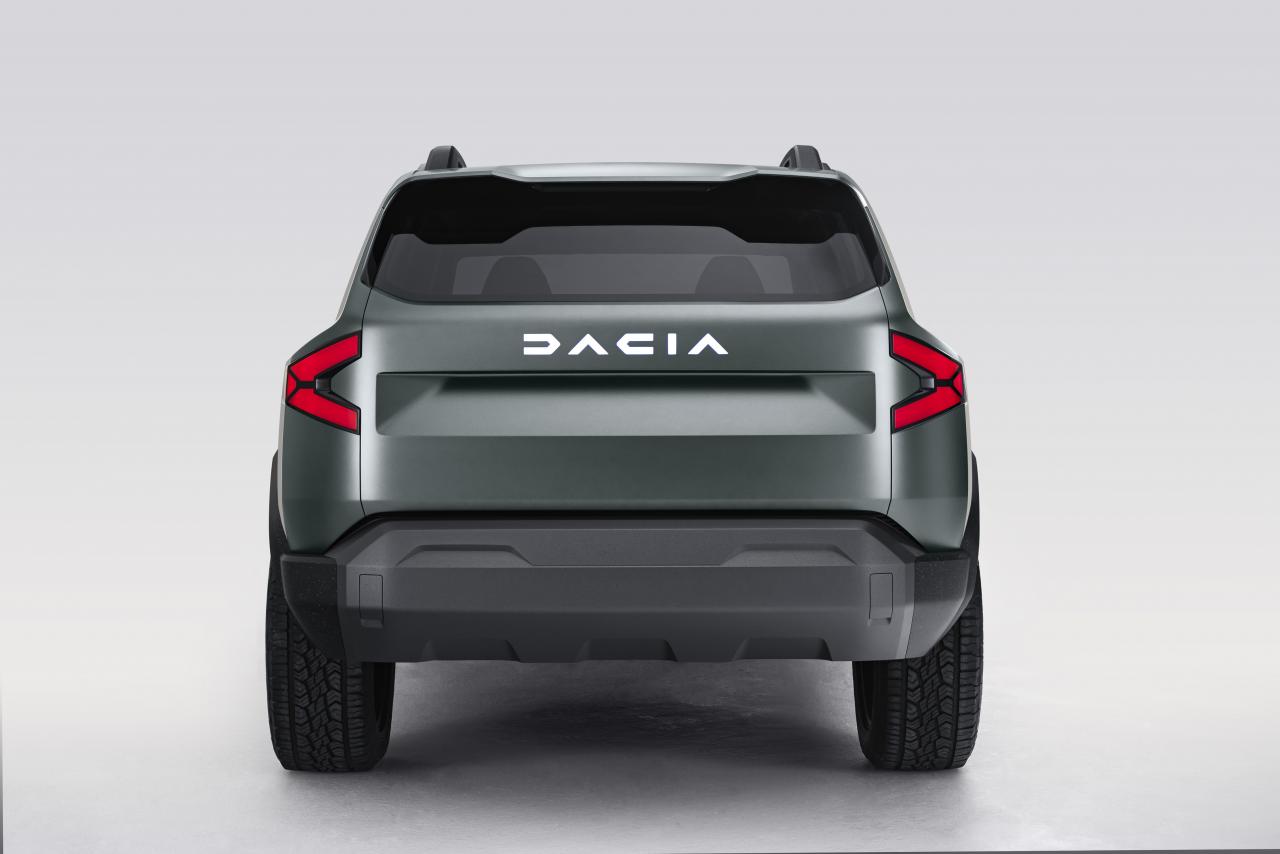
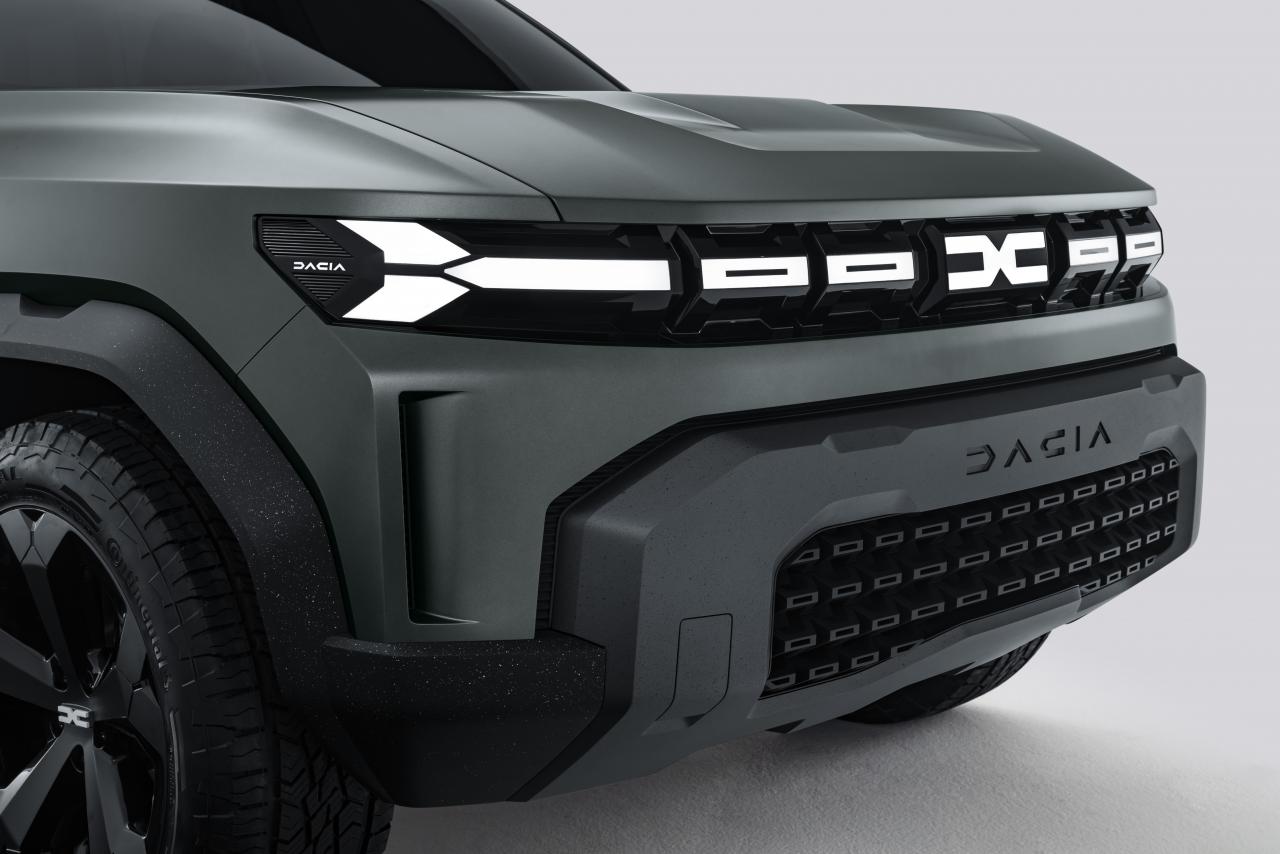
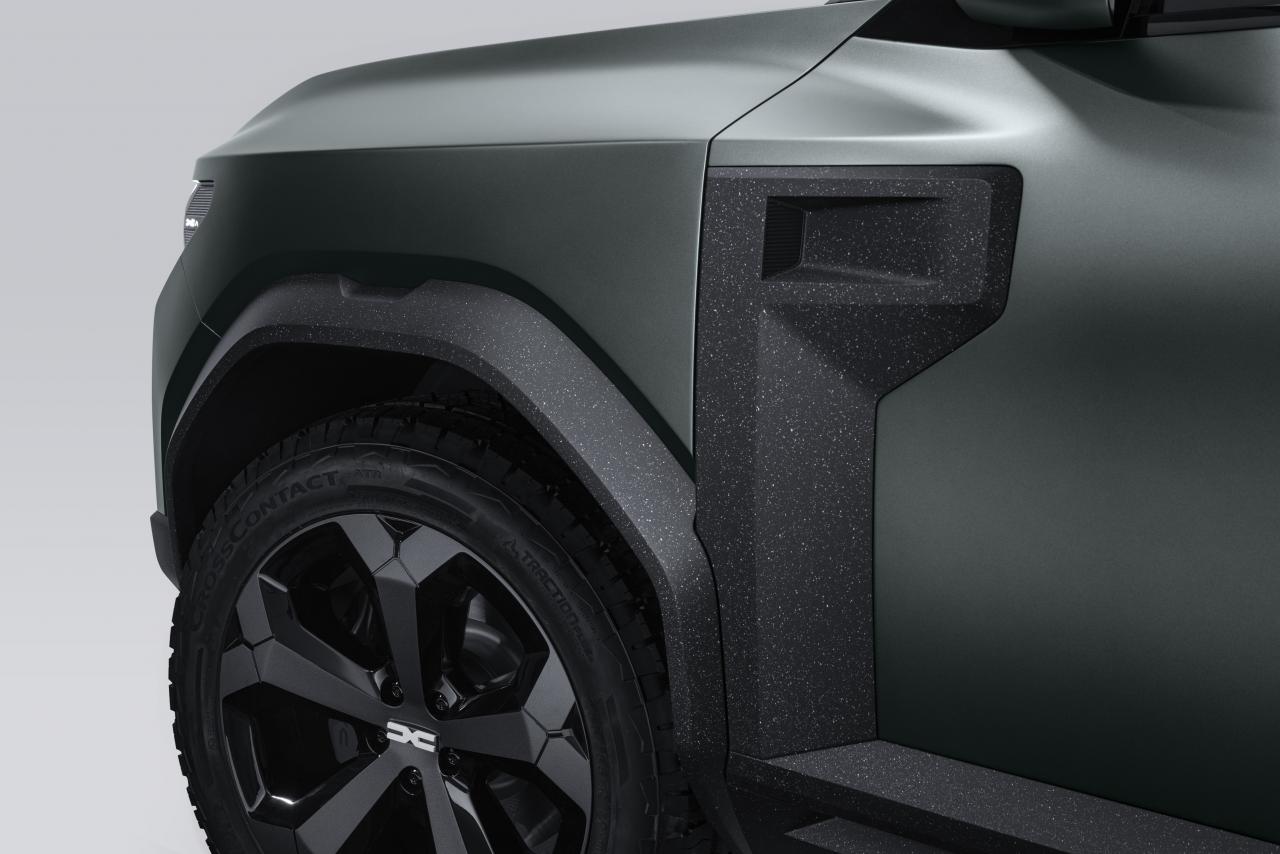
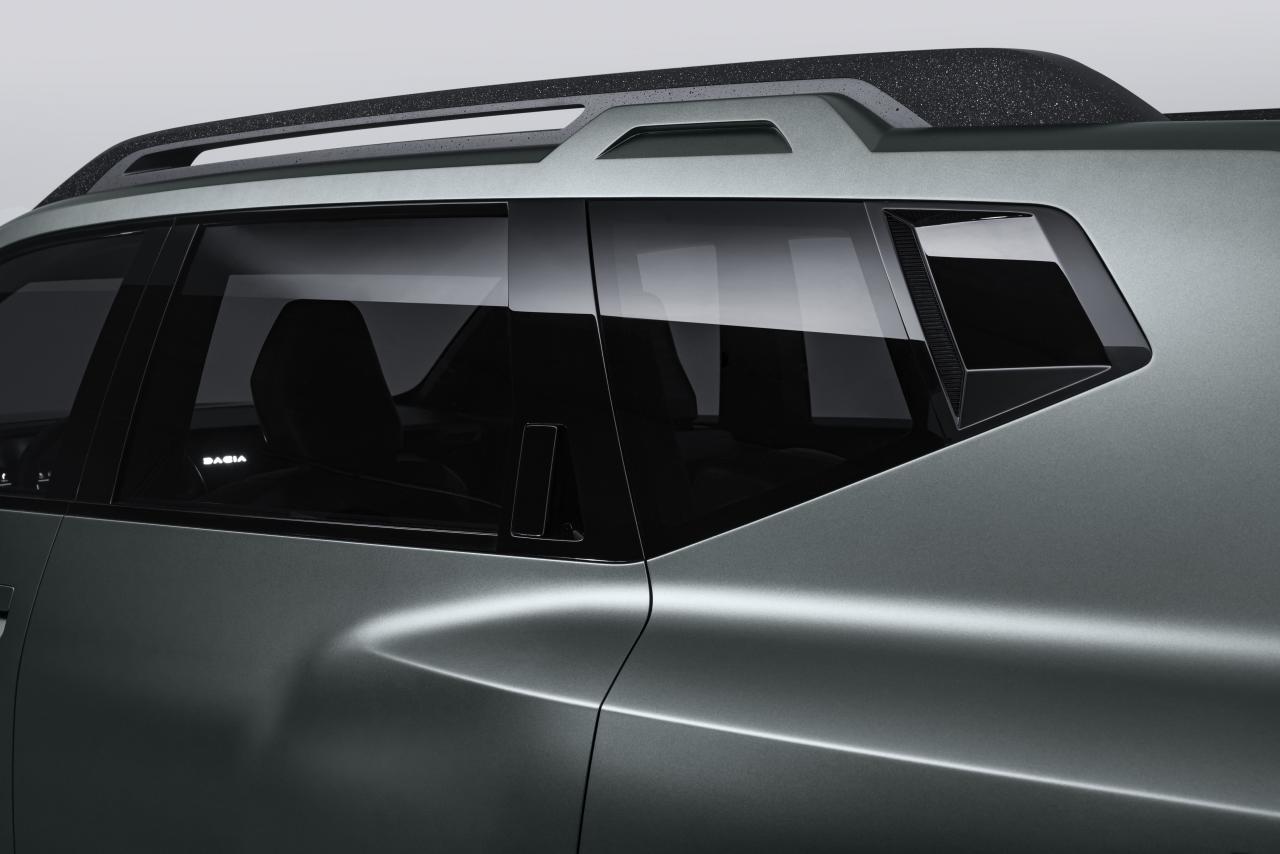
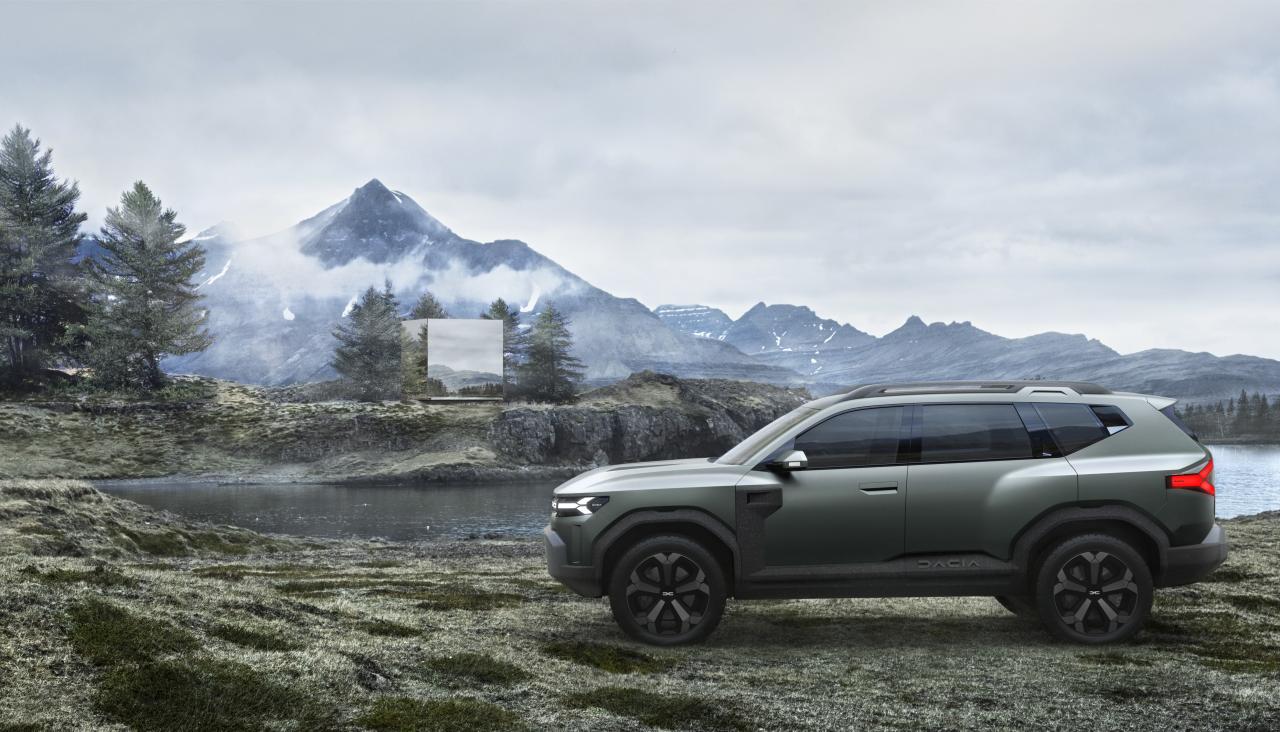
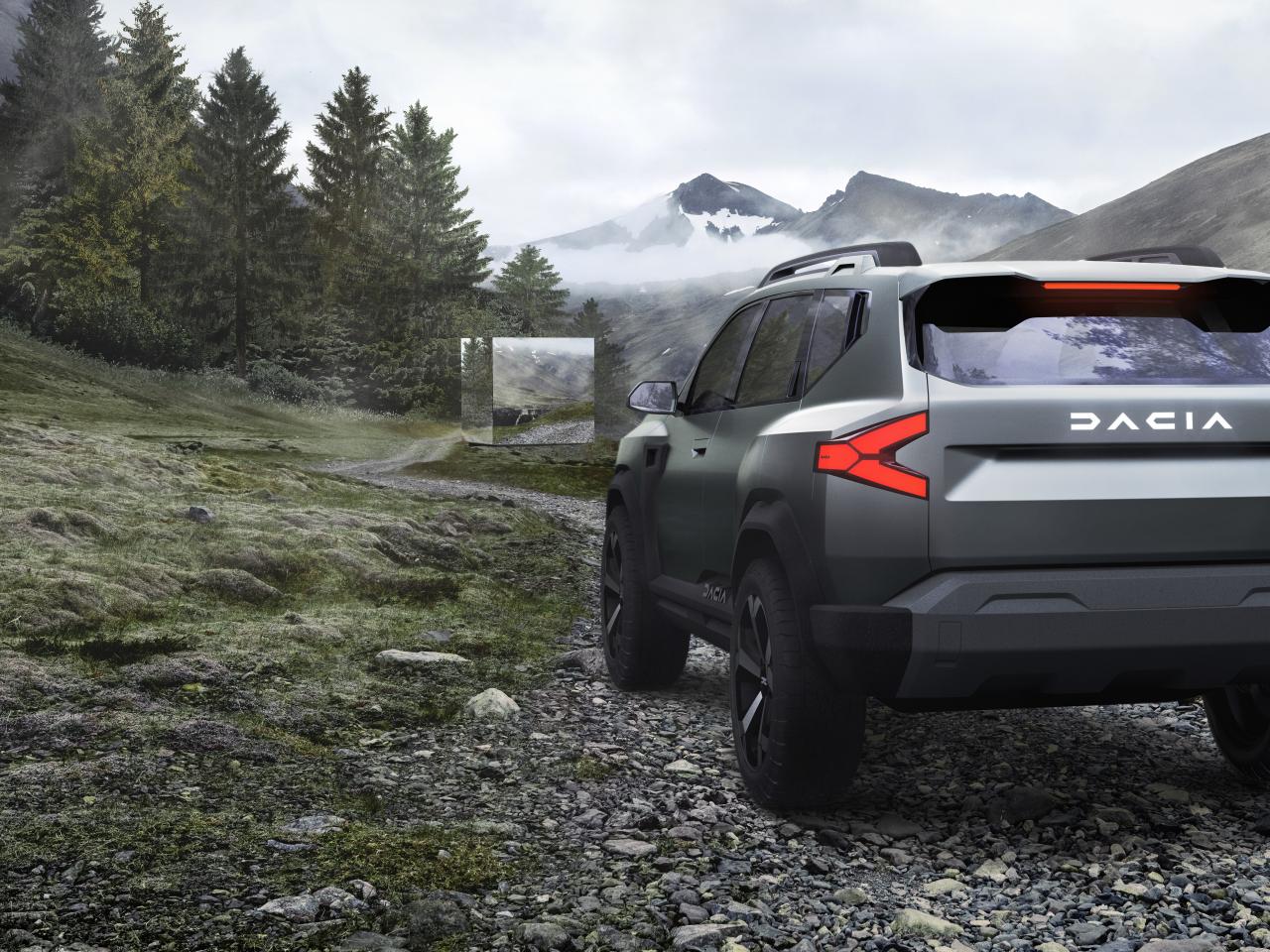
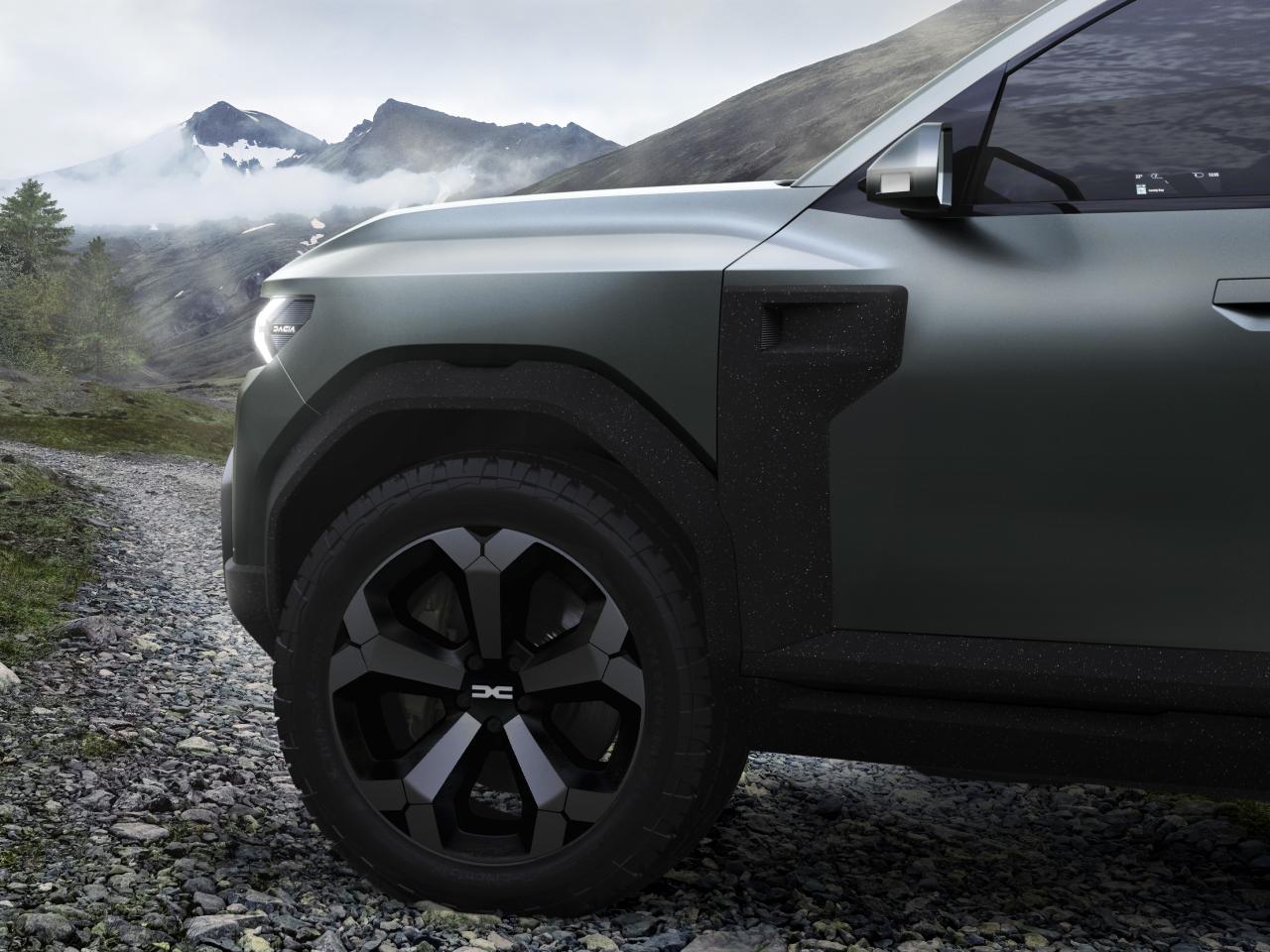
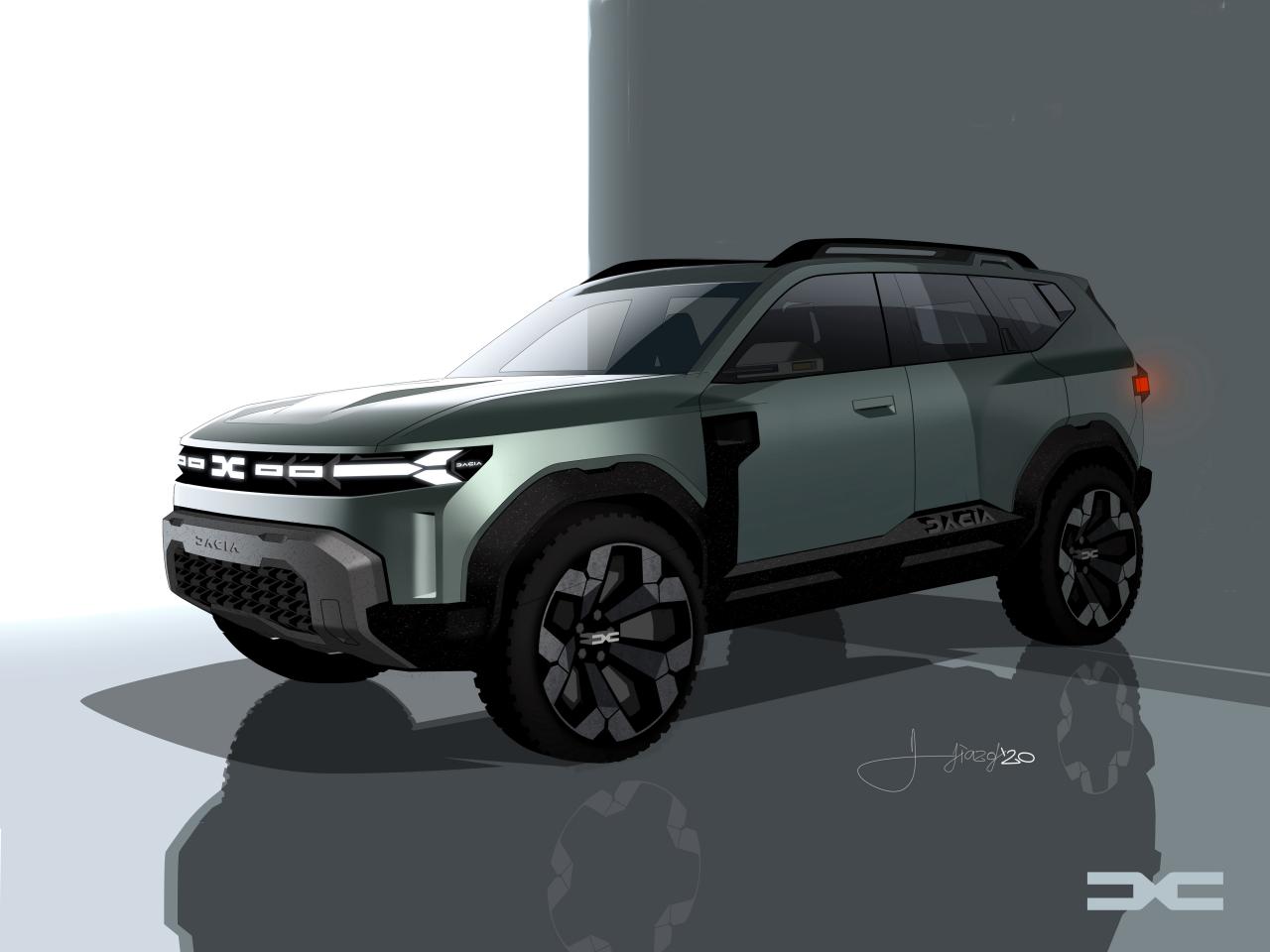
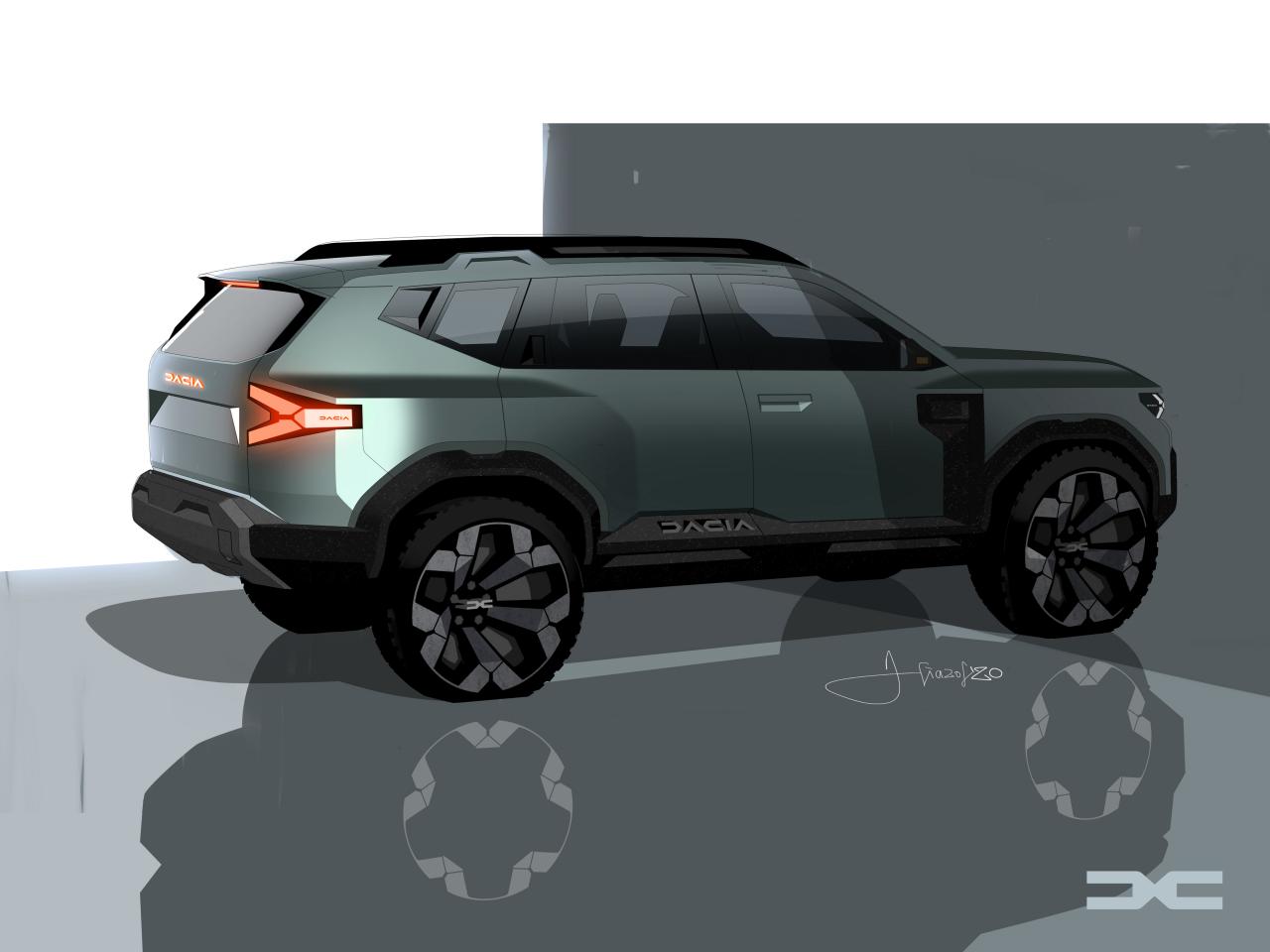
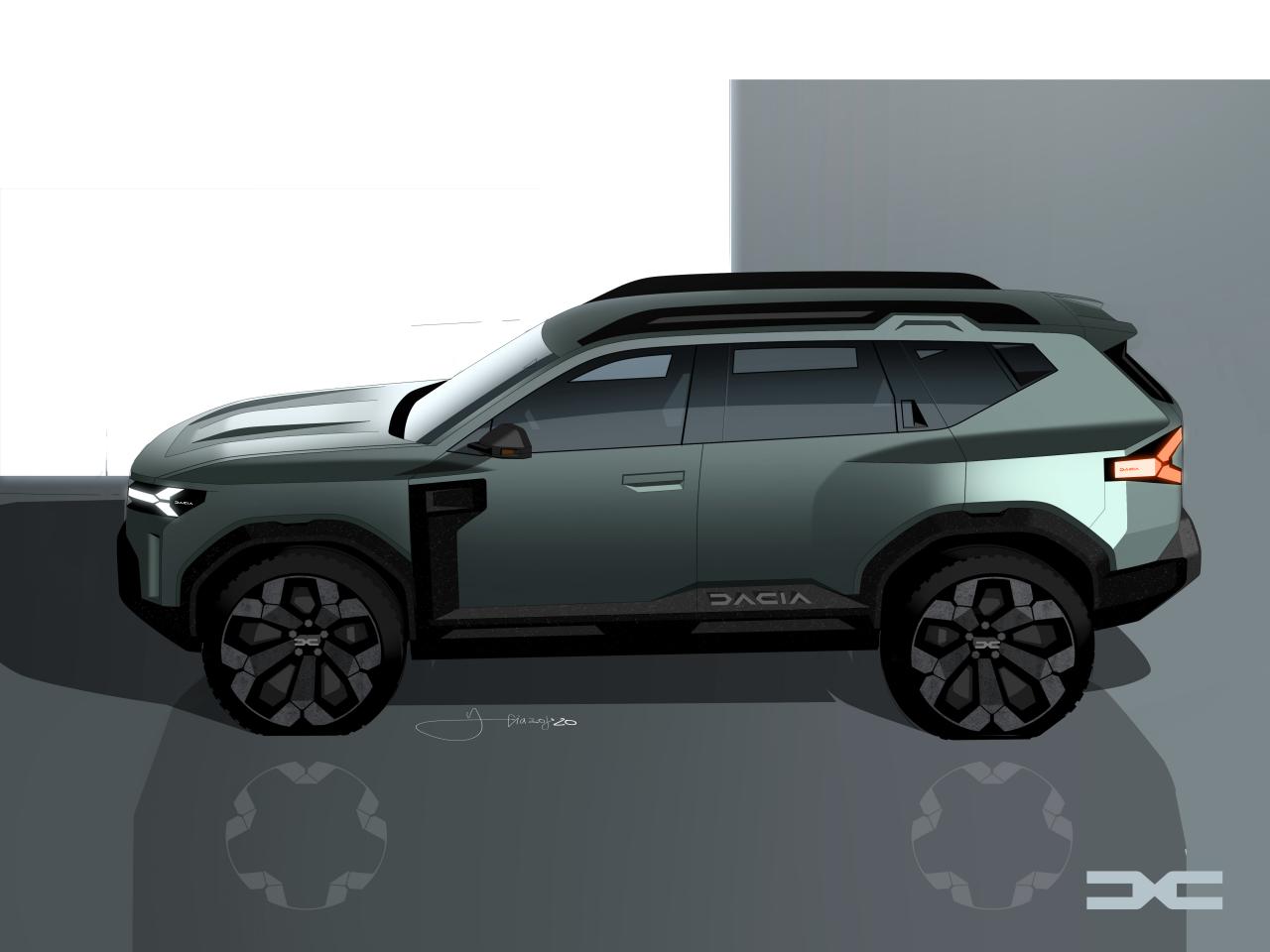
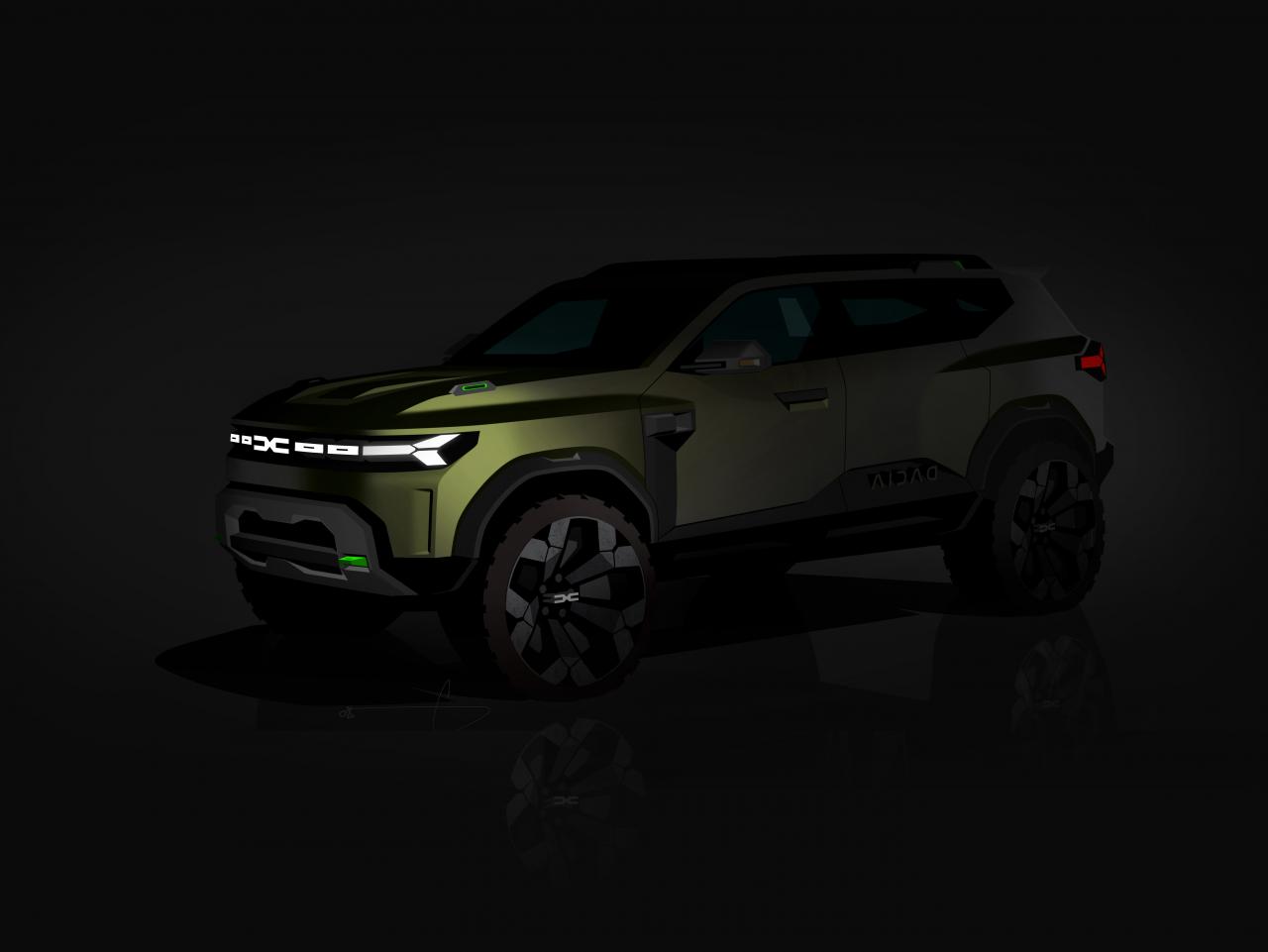
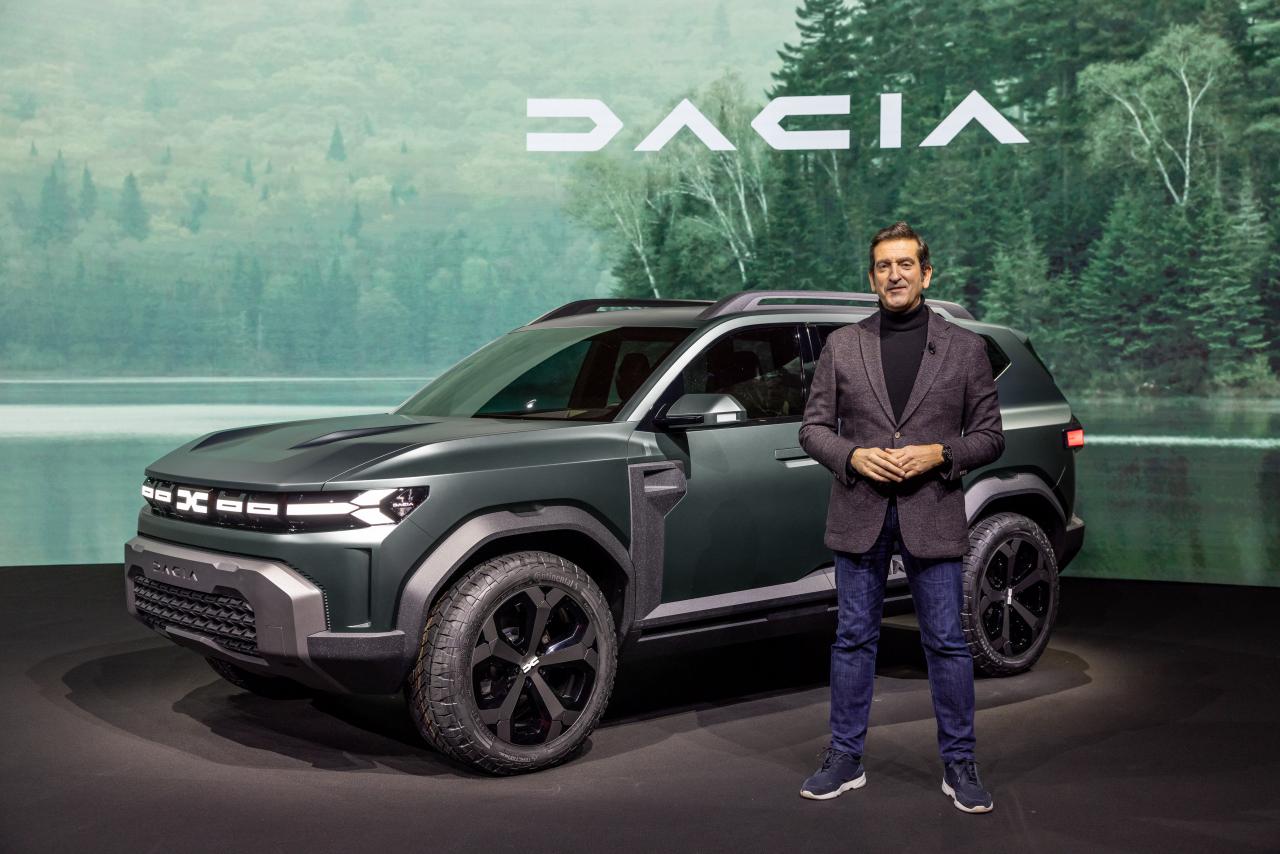
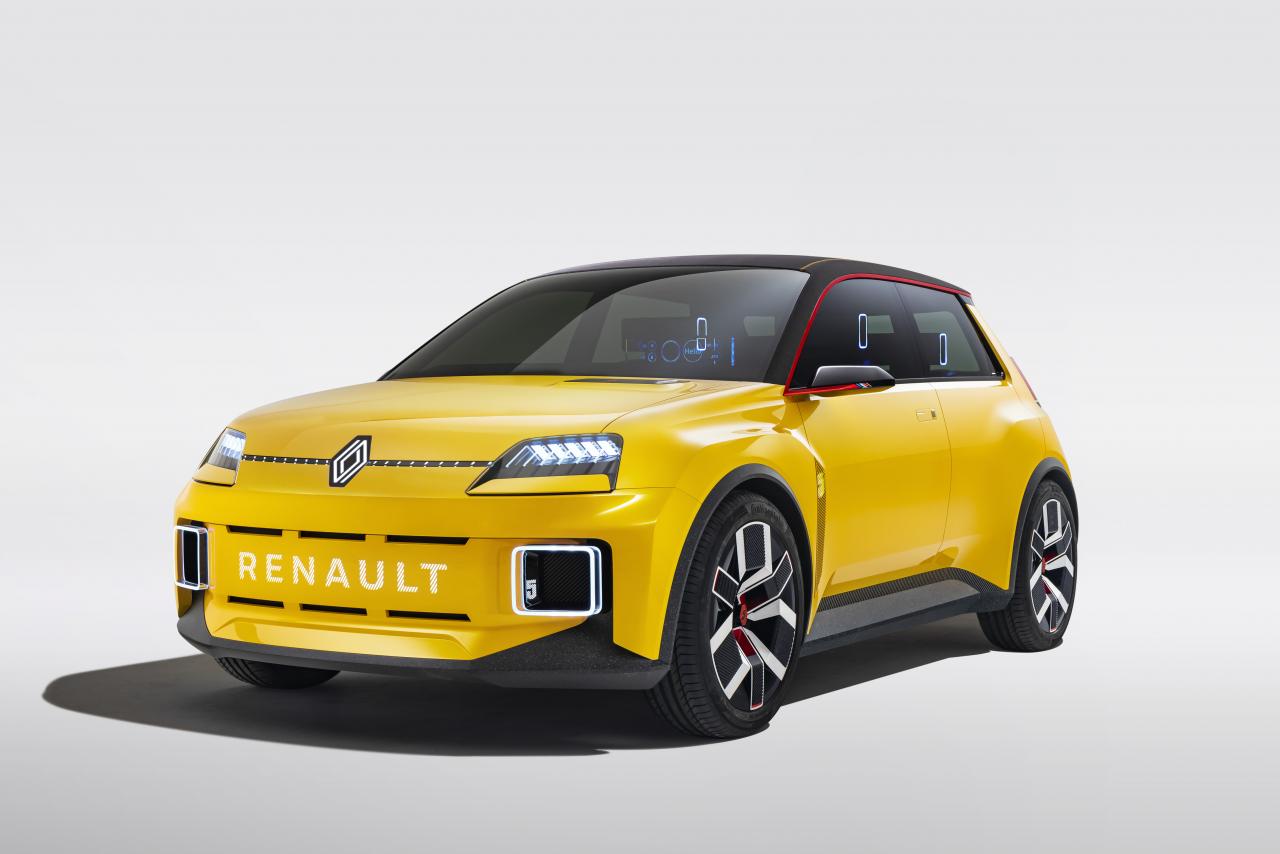
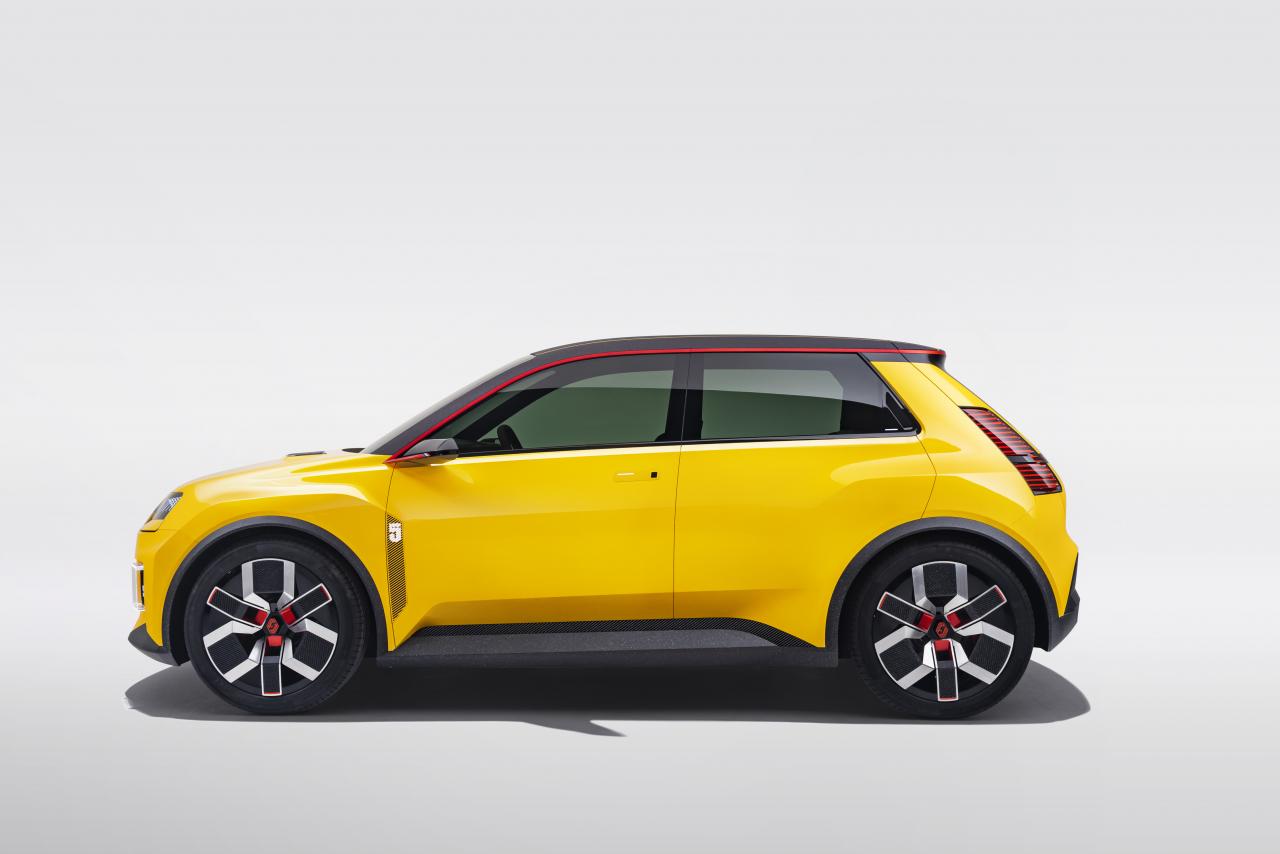
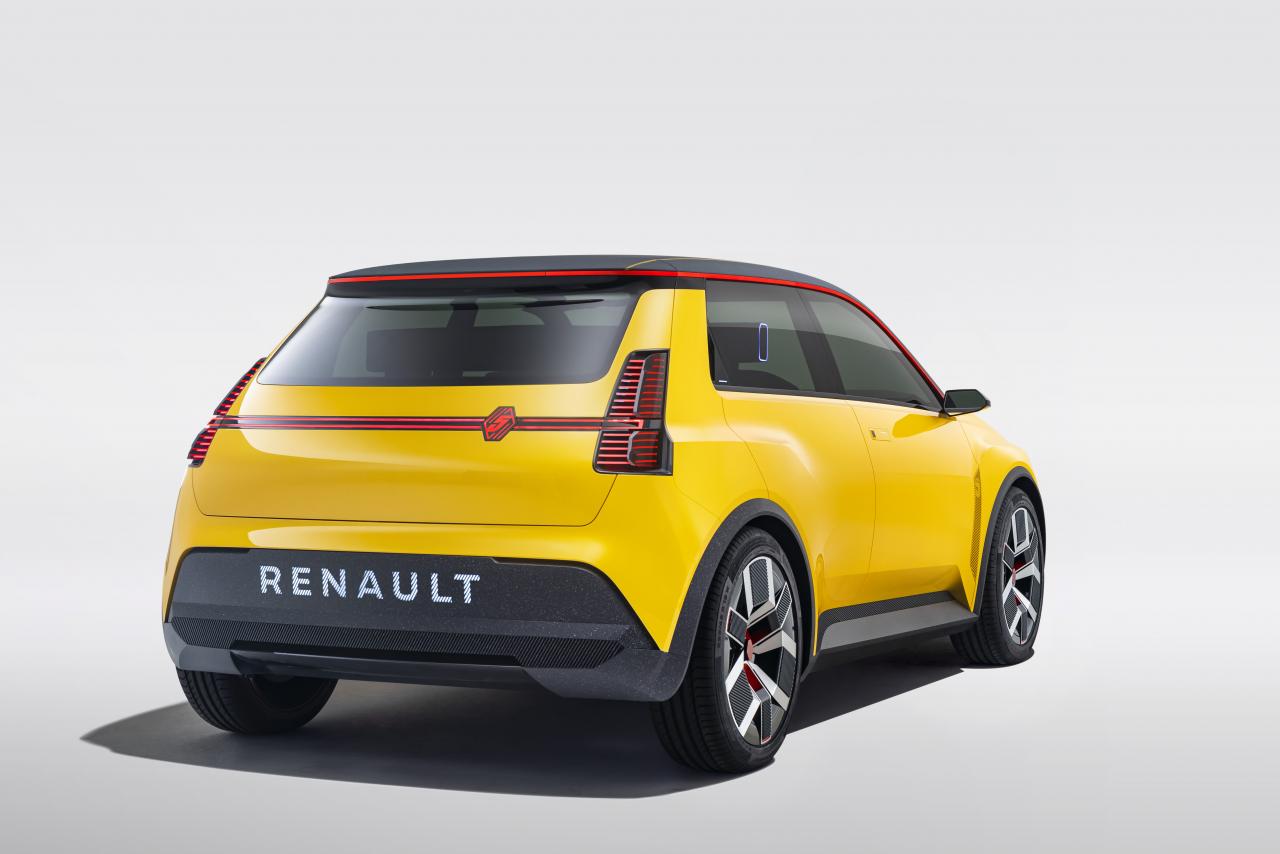
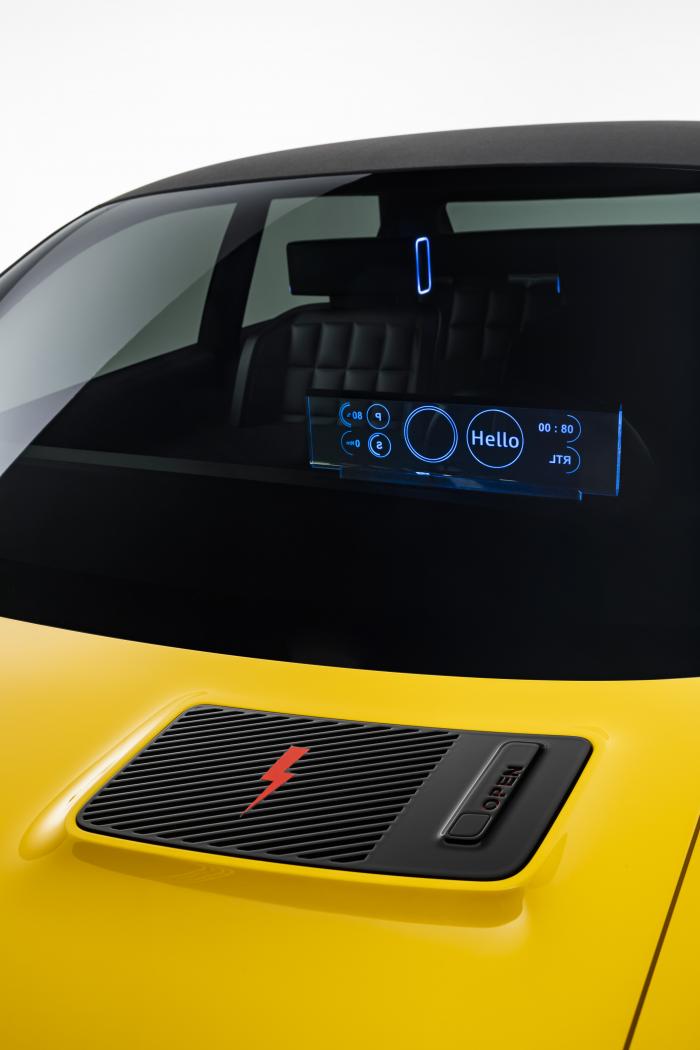
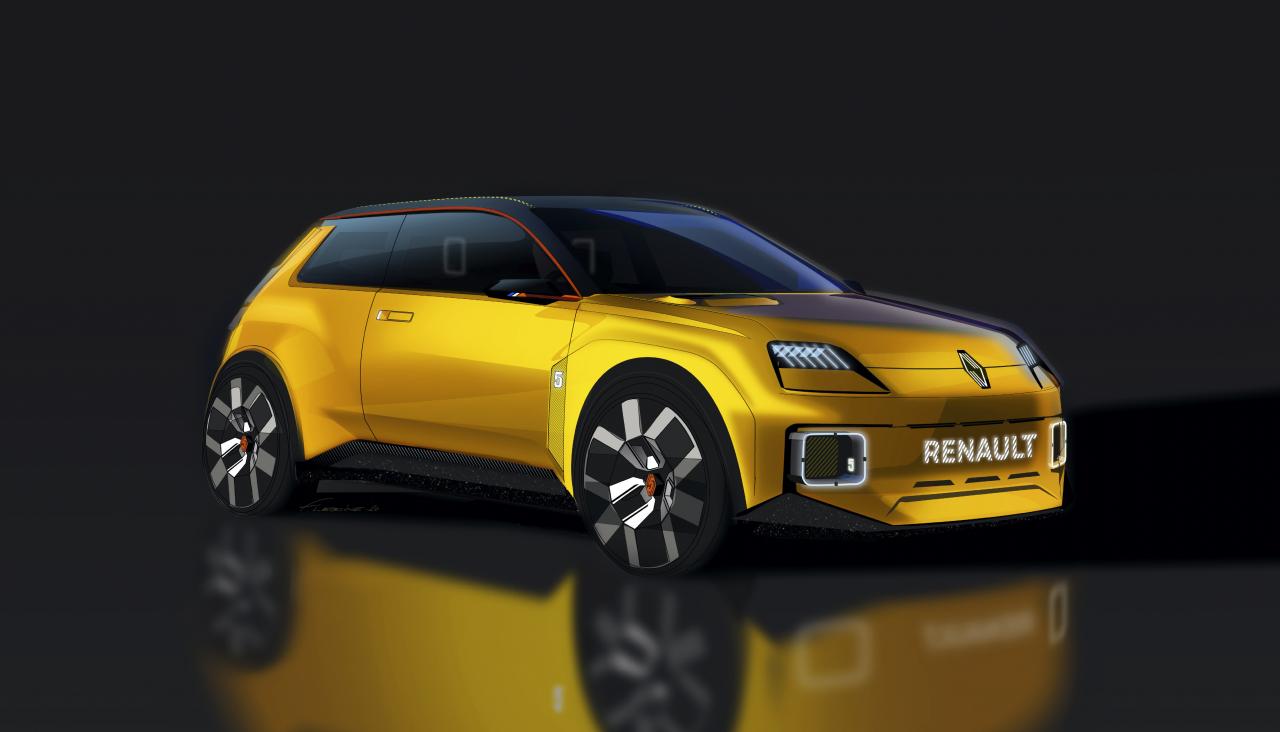
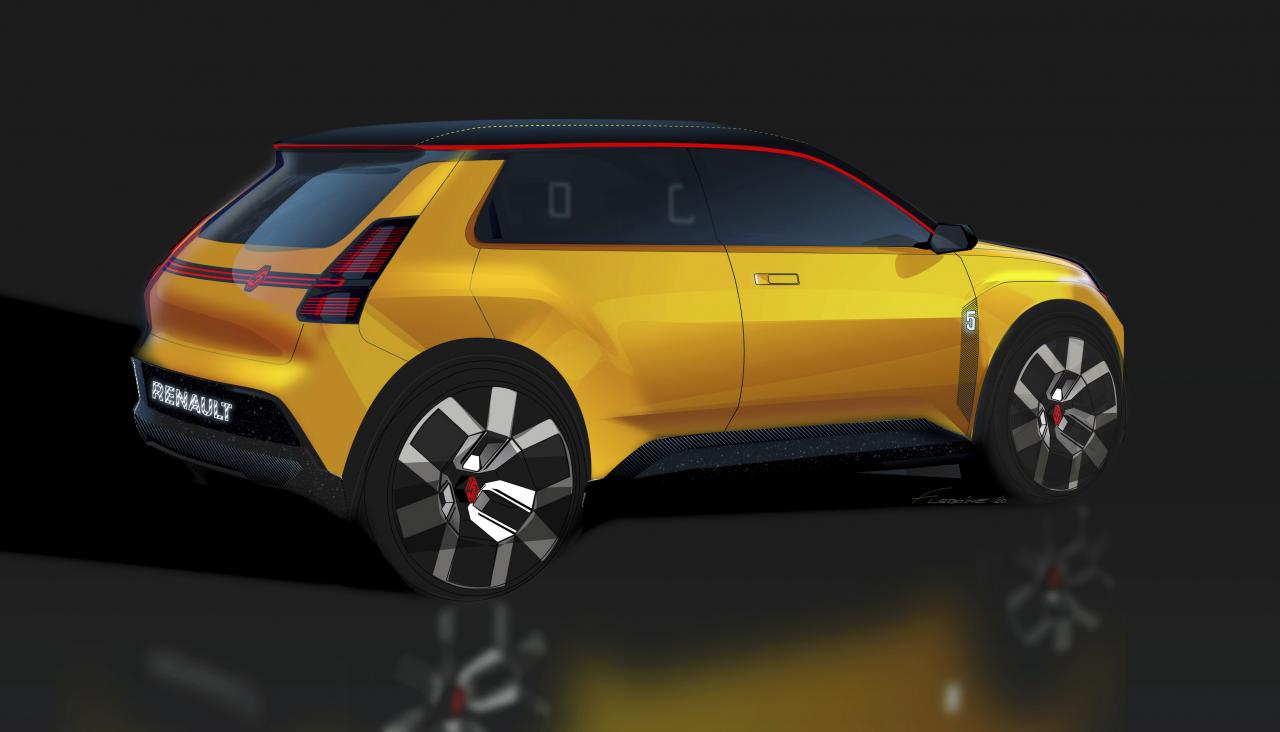
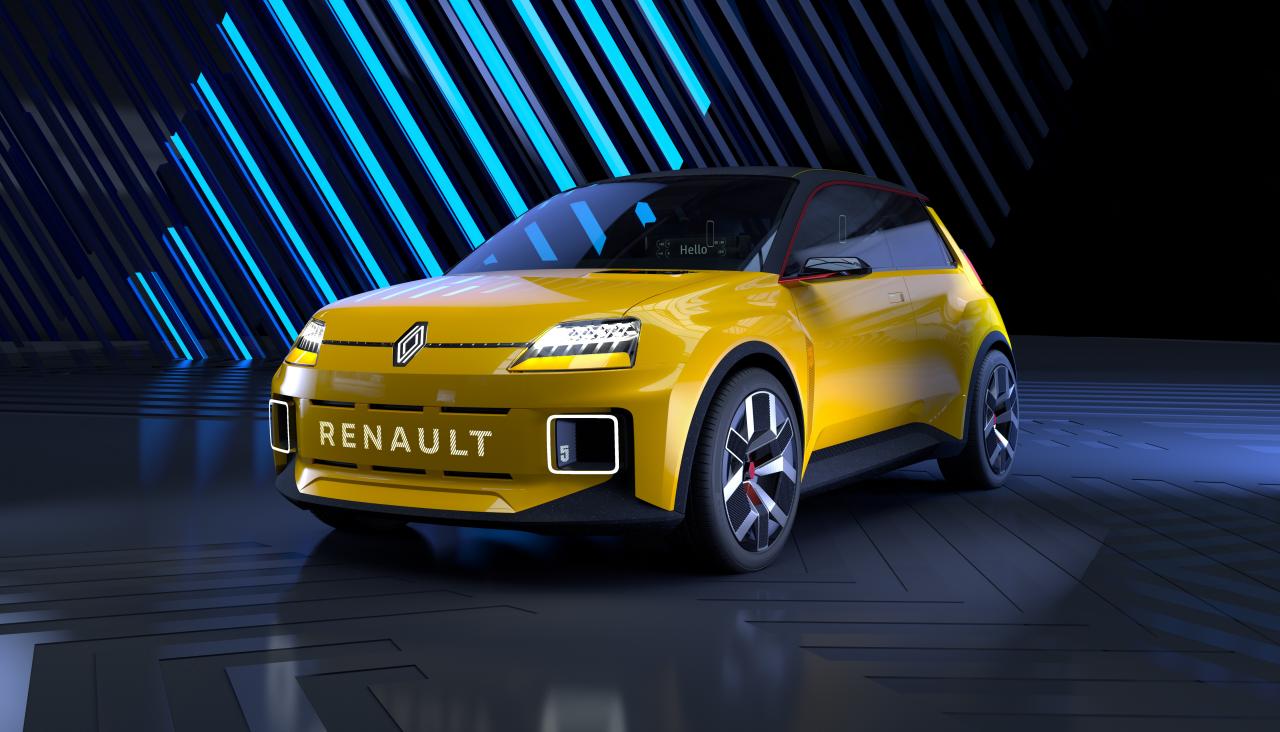
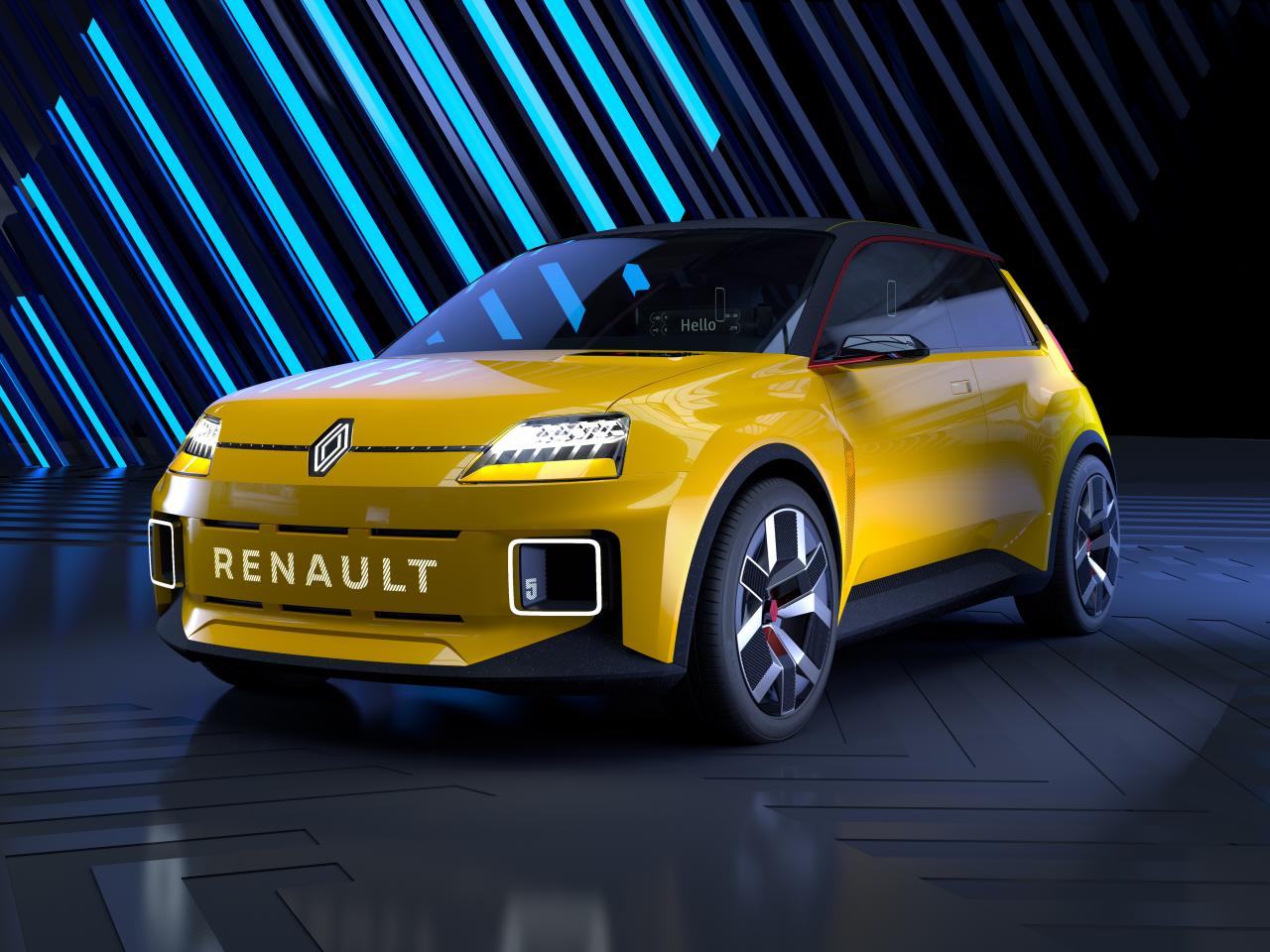
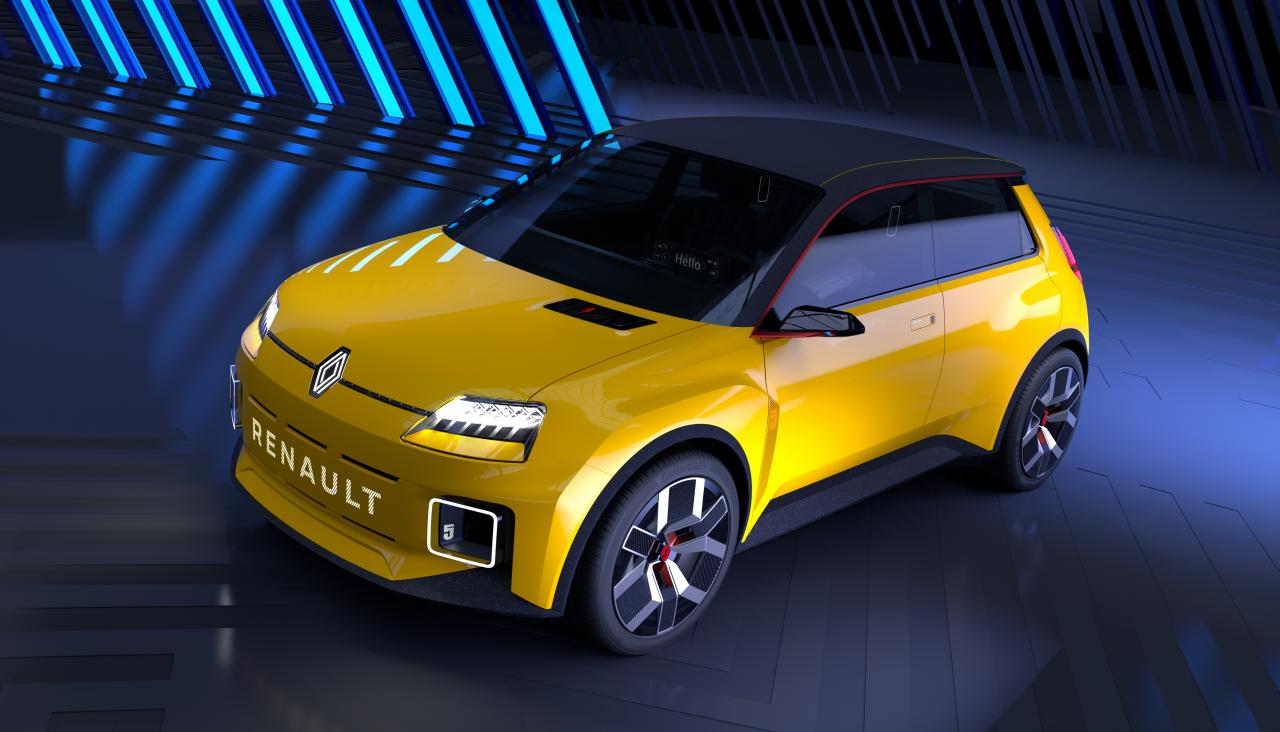
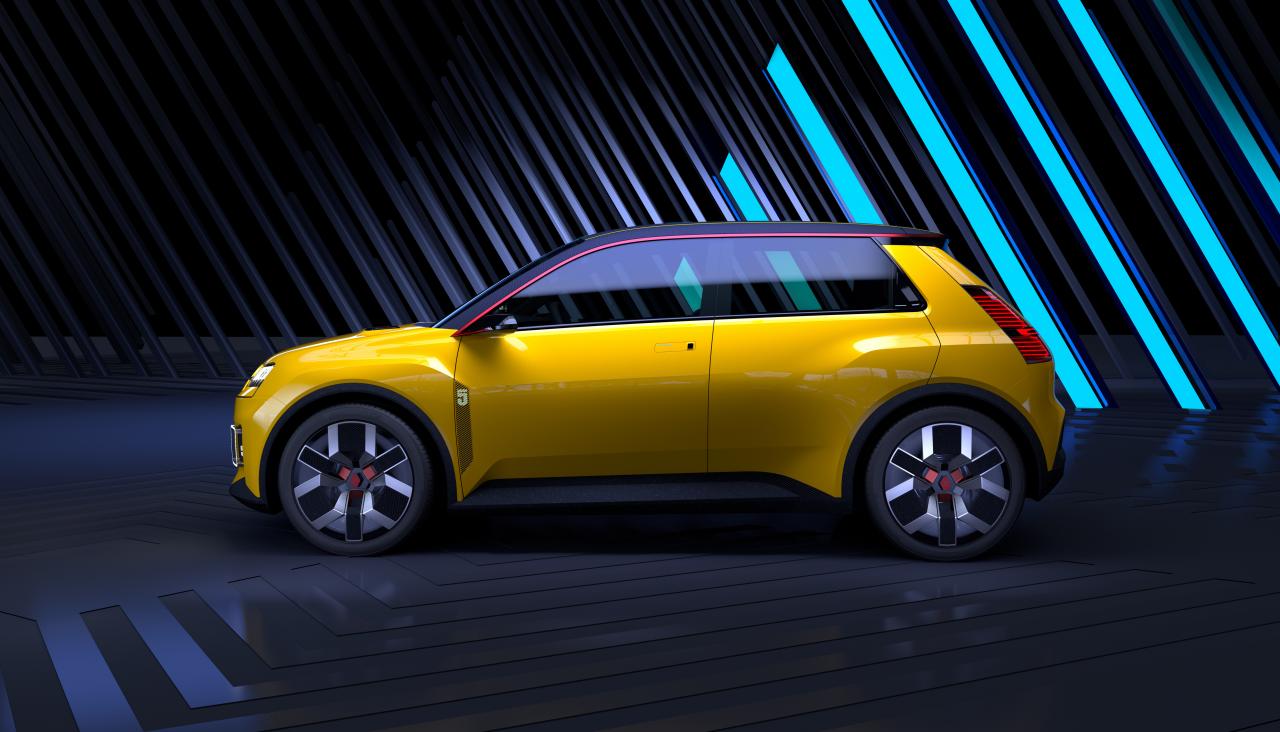
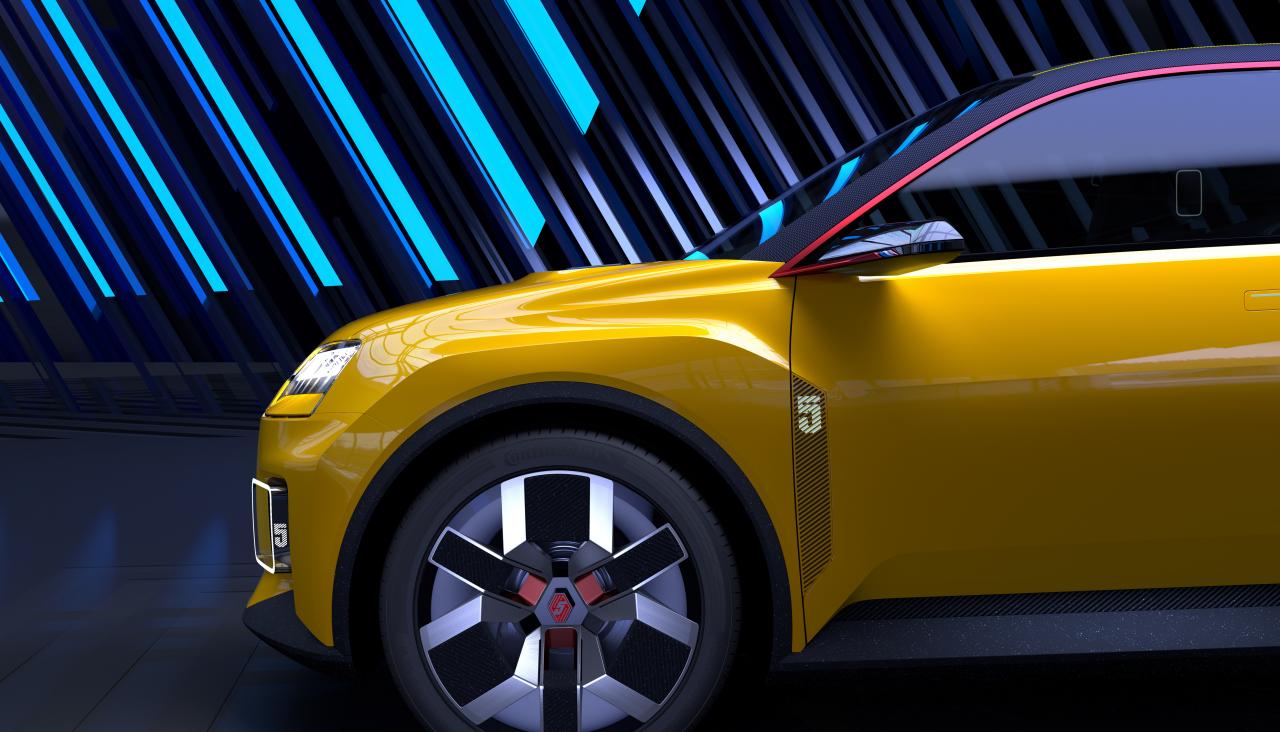
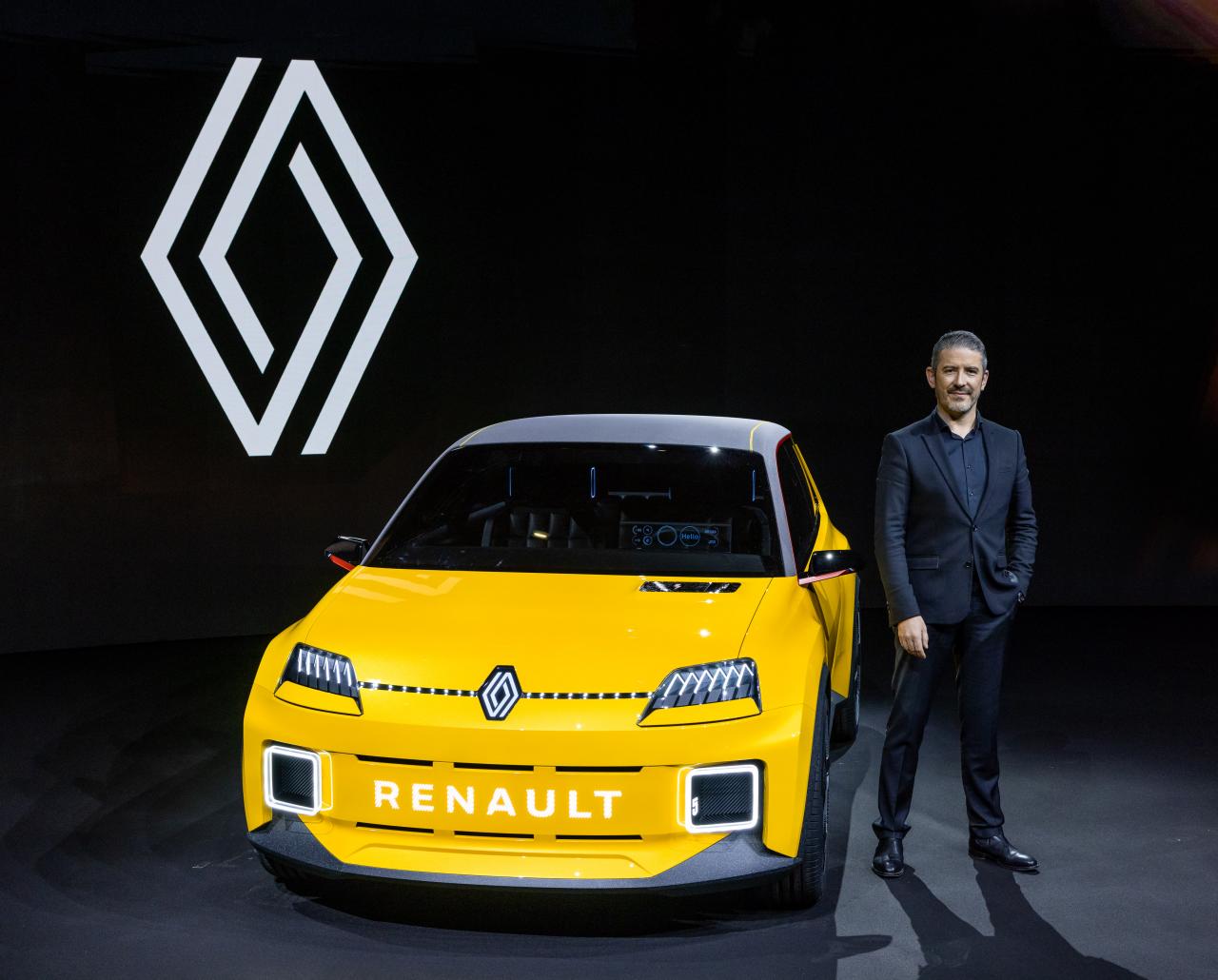
.thumb.jpg.24fb77521d8b885a0b2d165fdea802ea.jpg)
